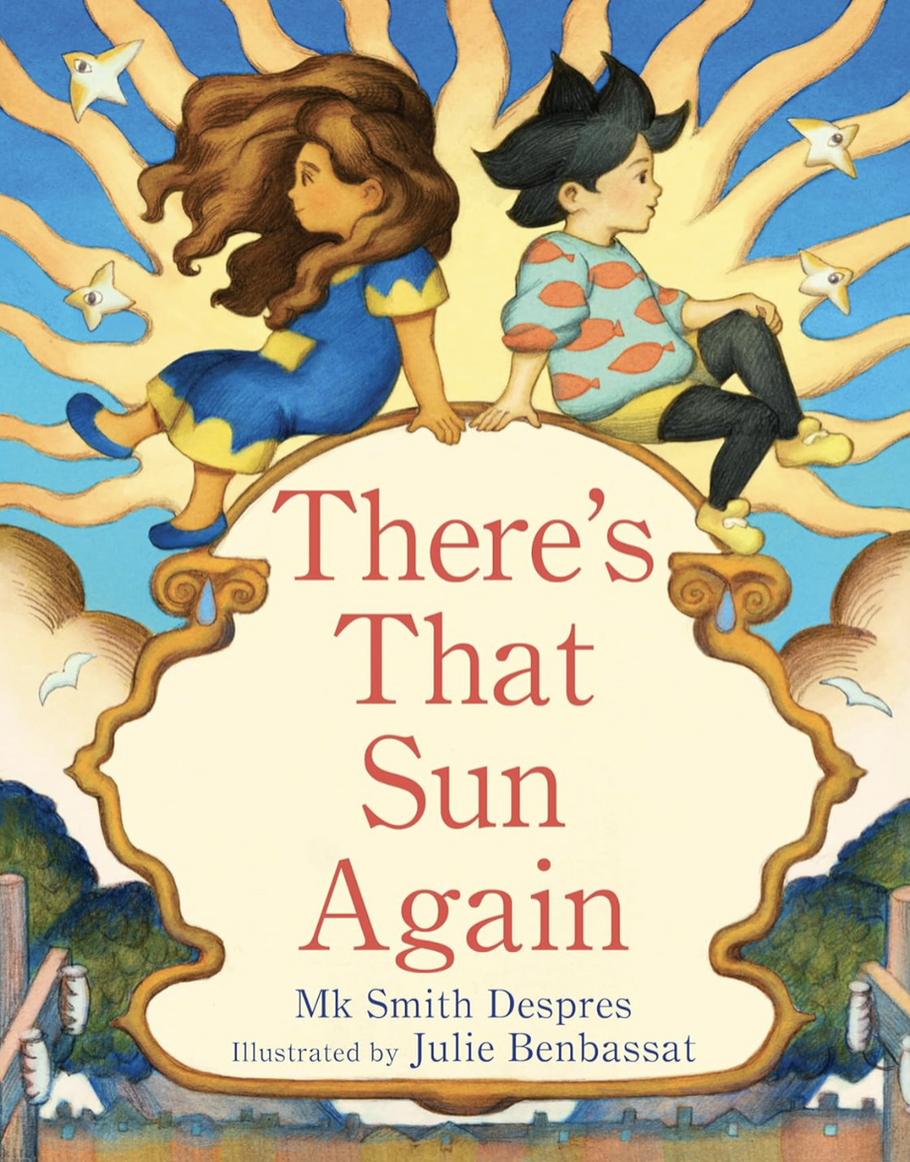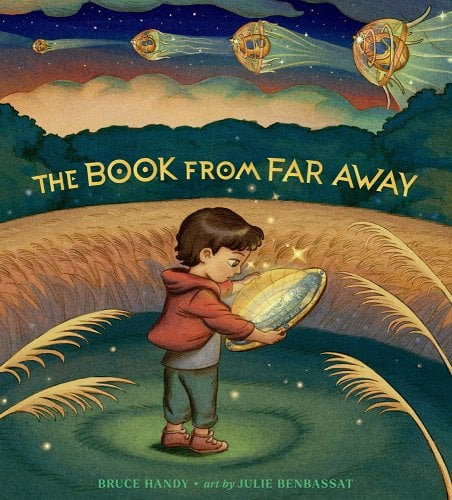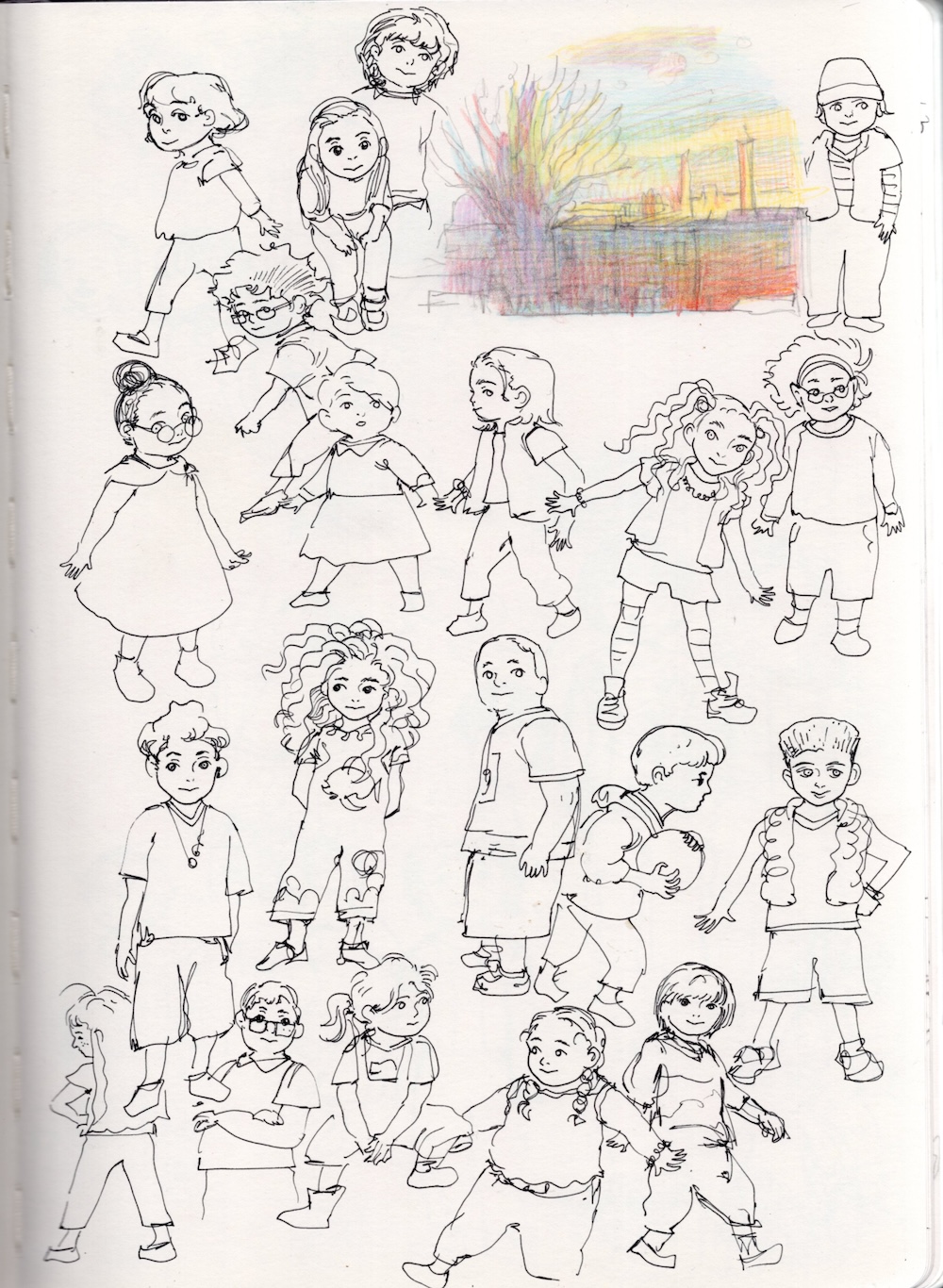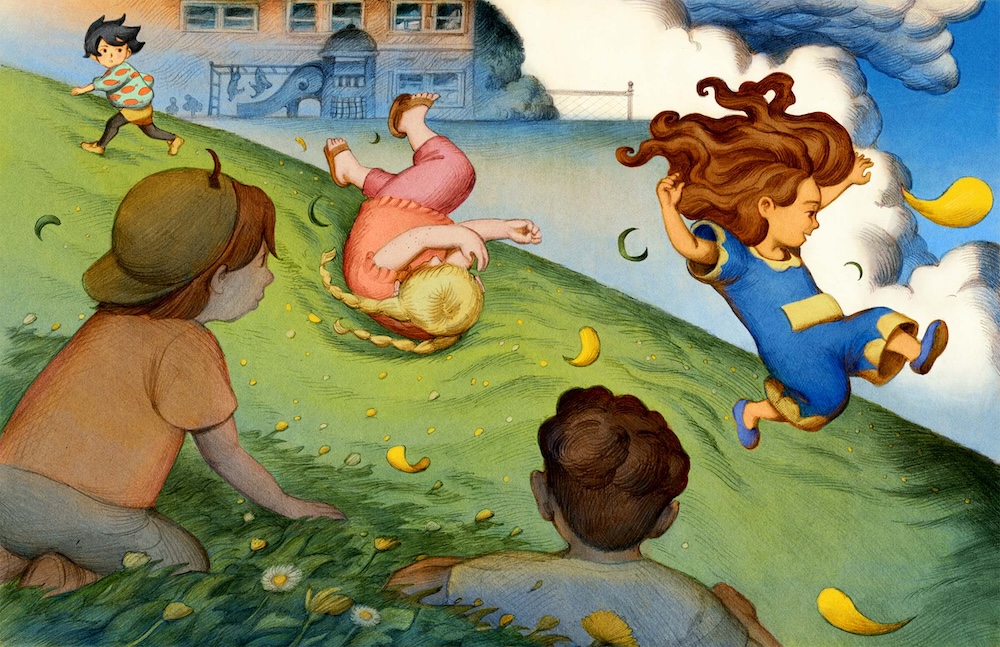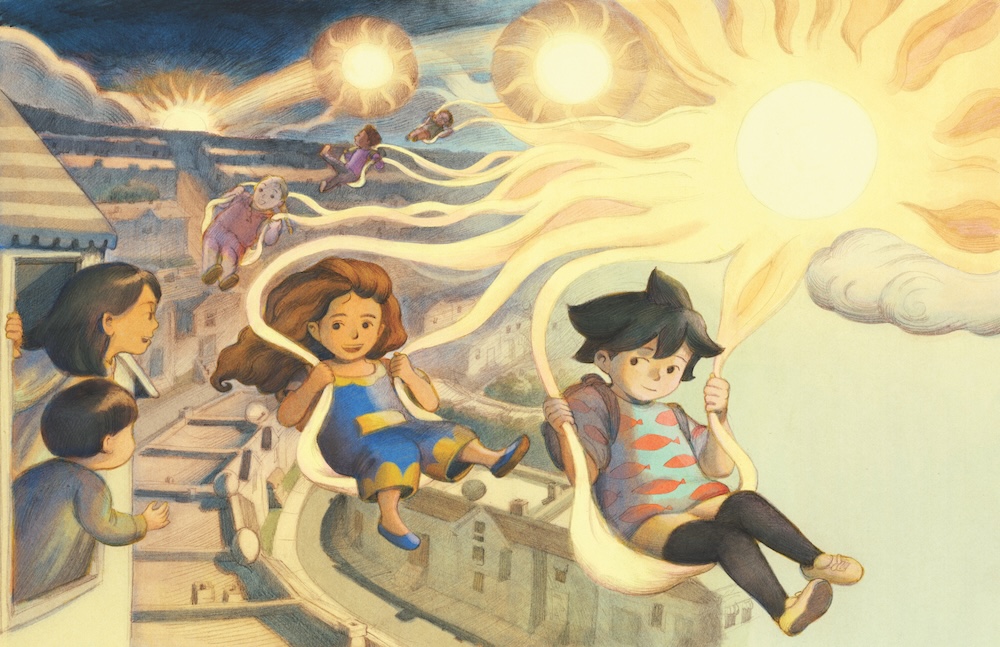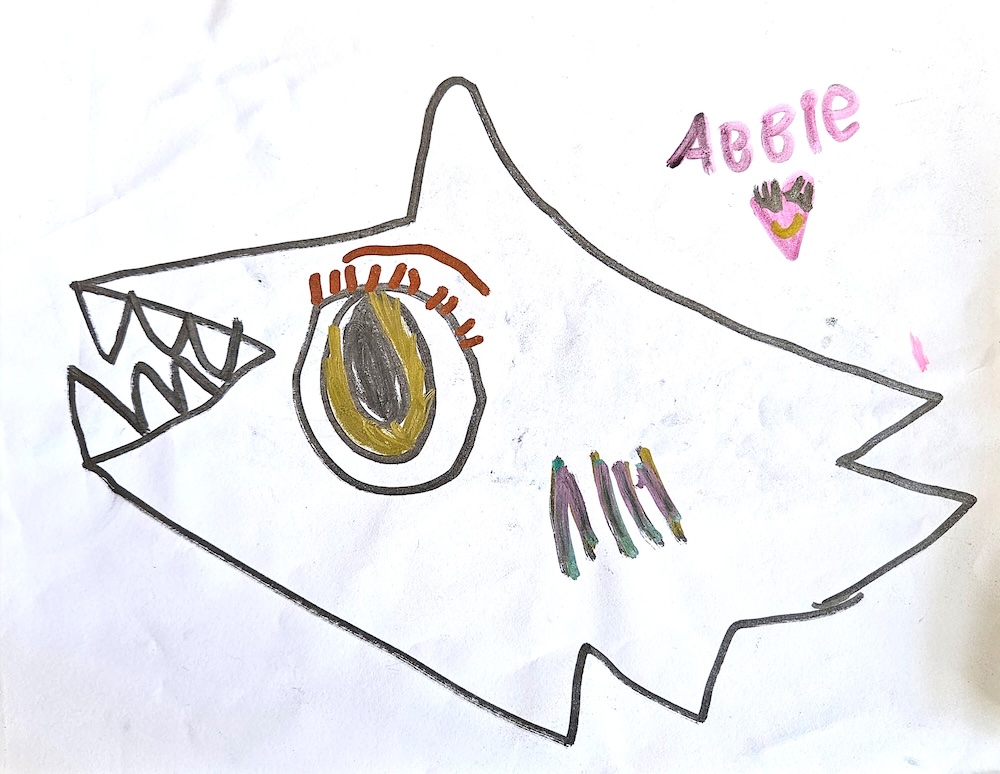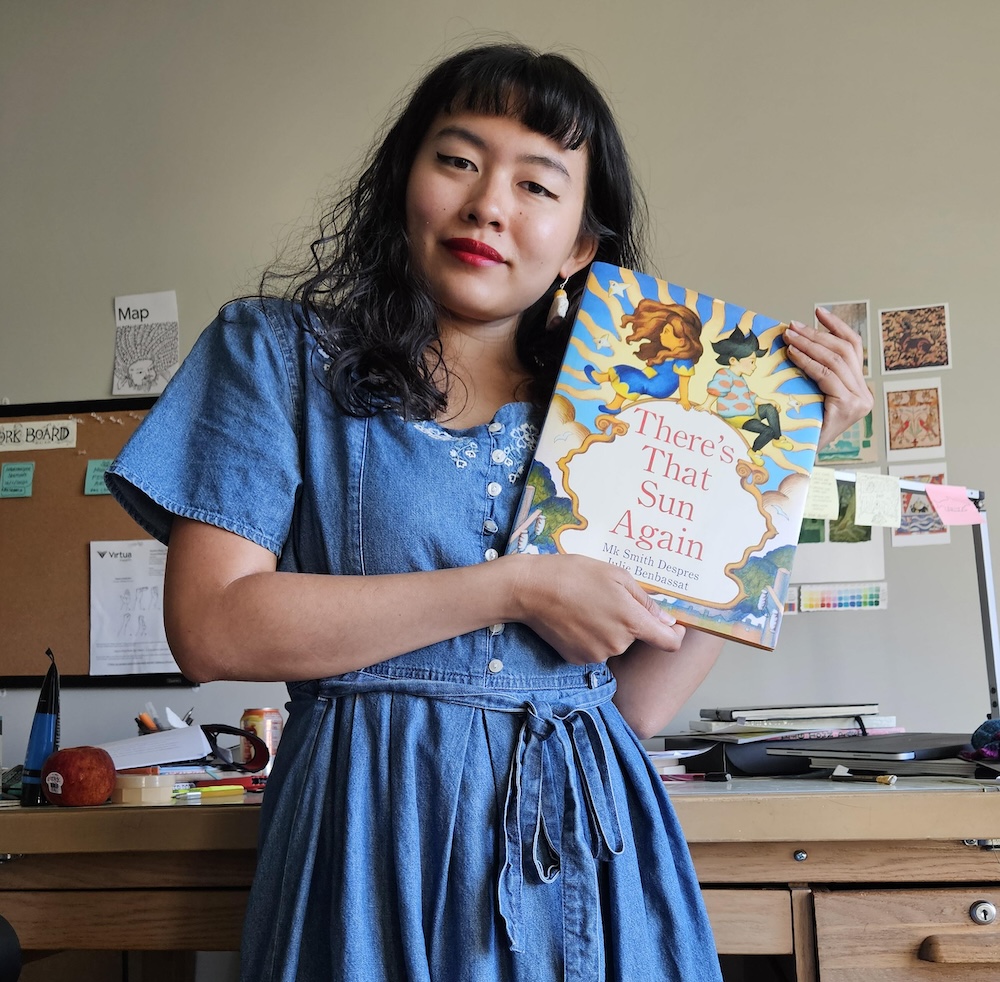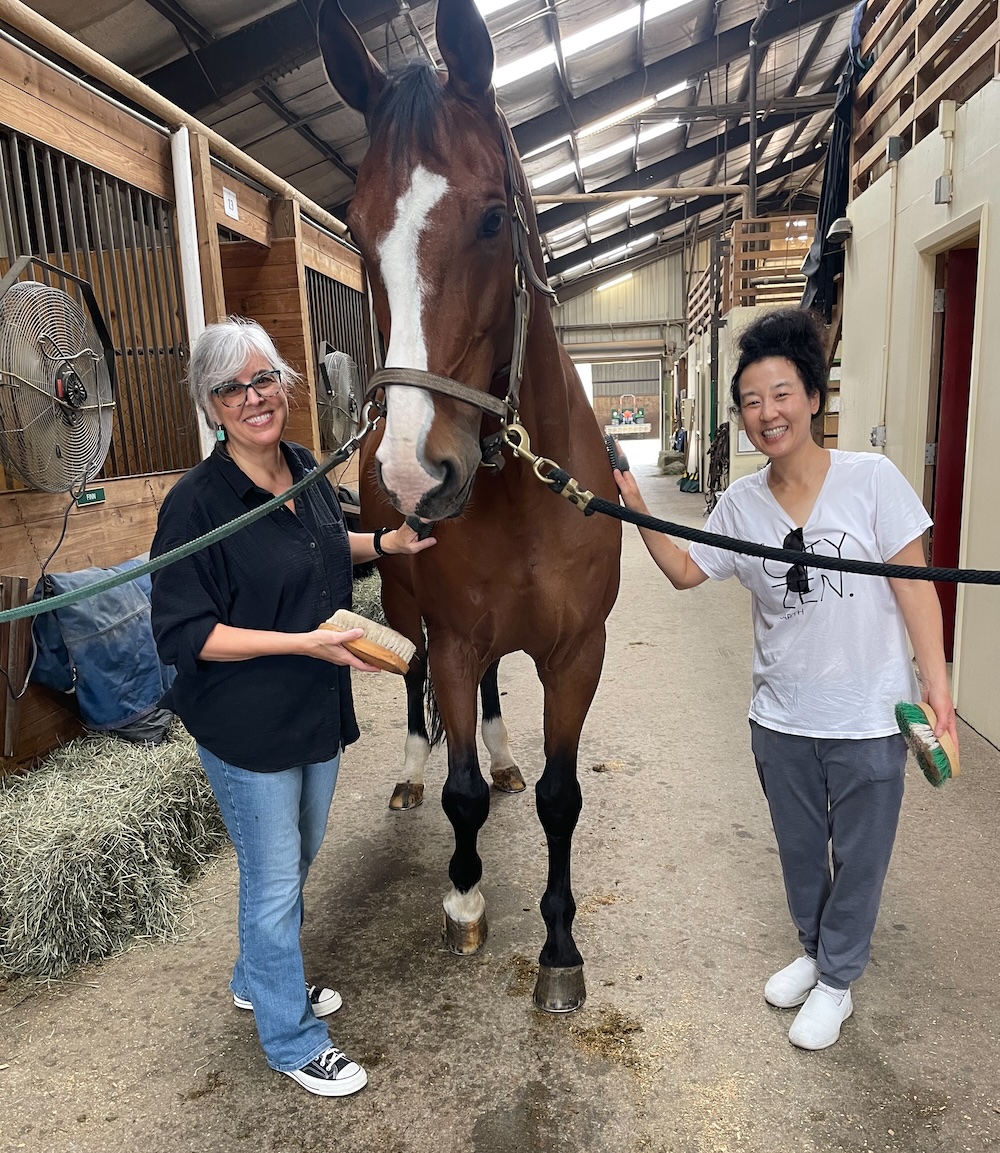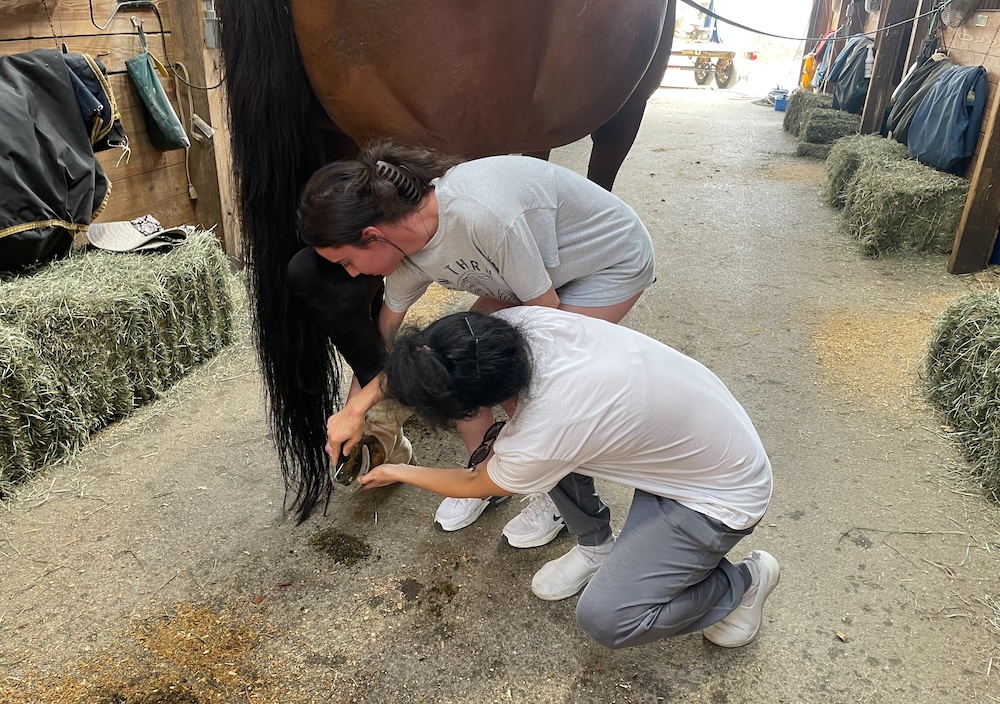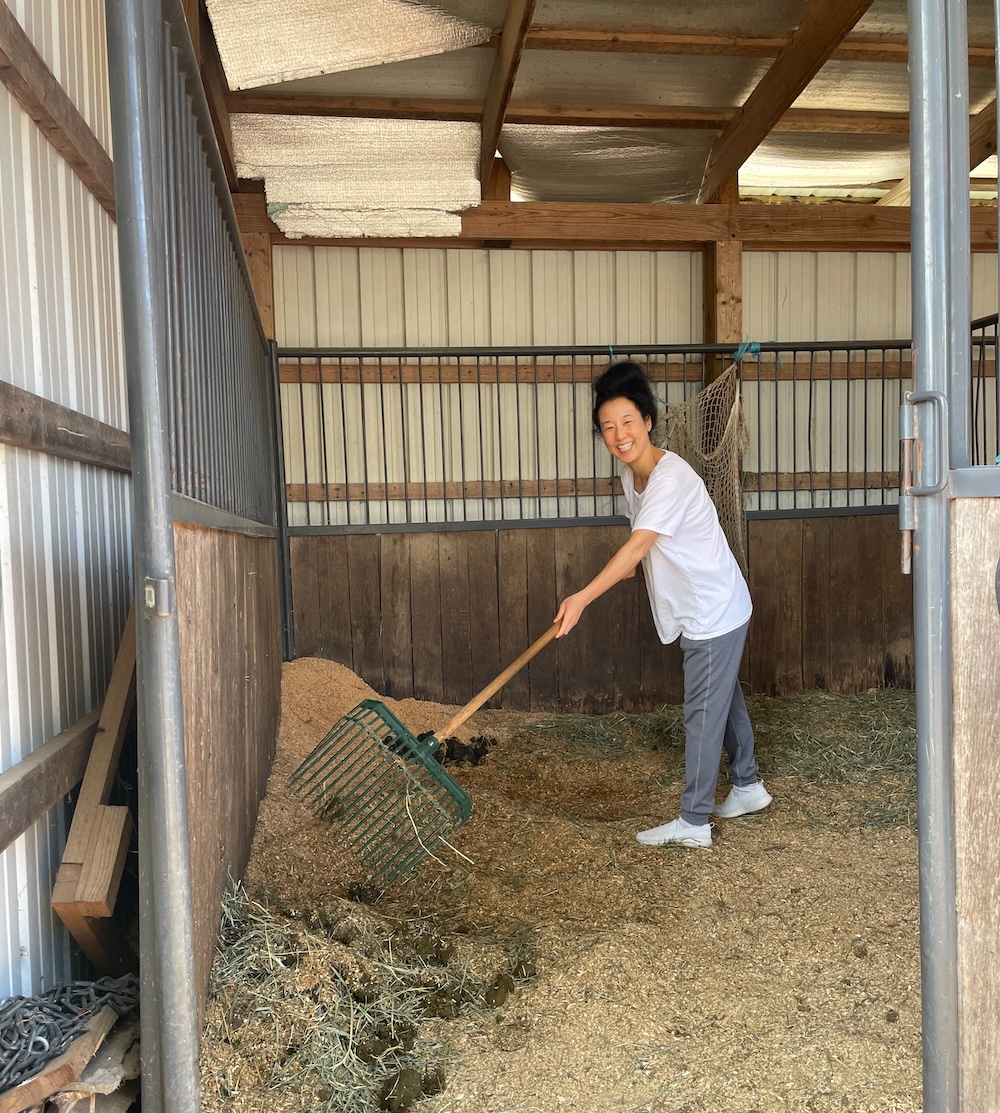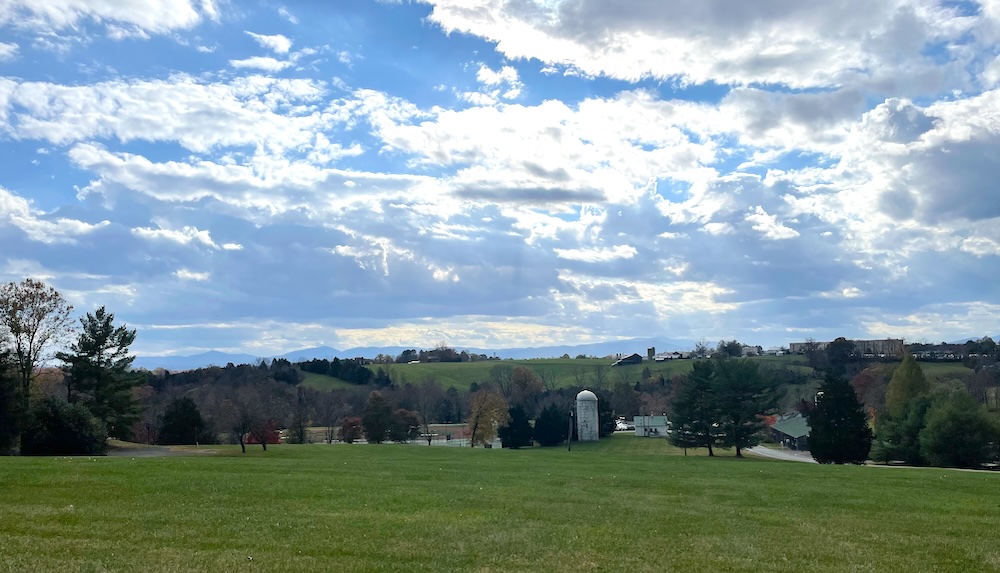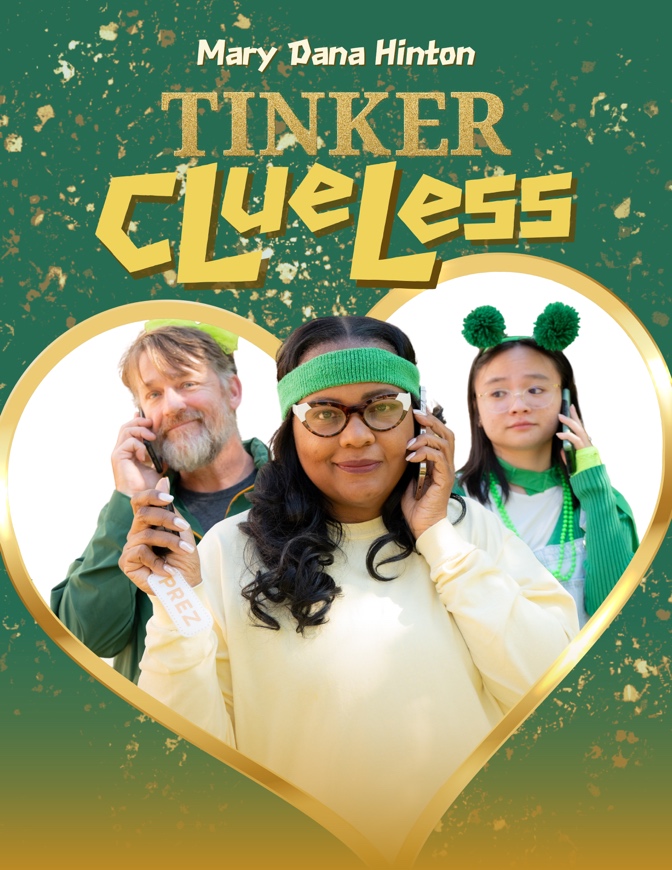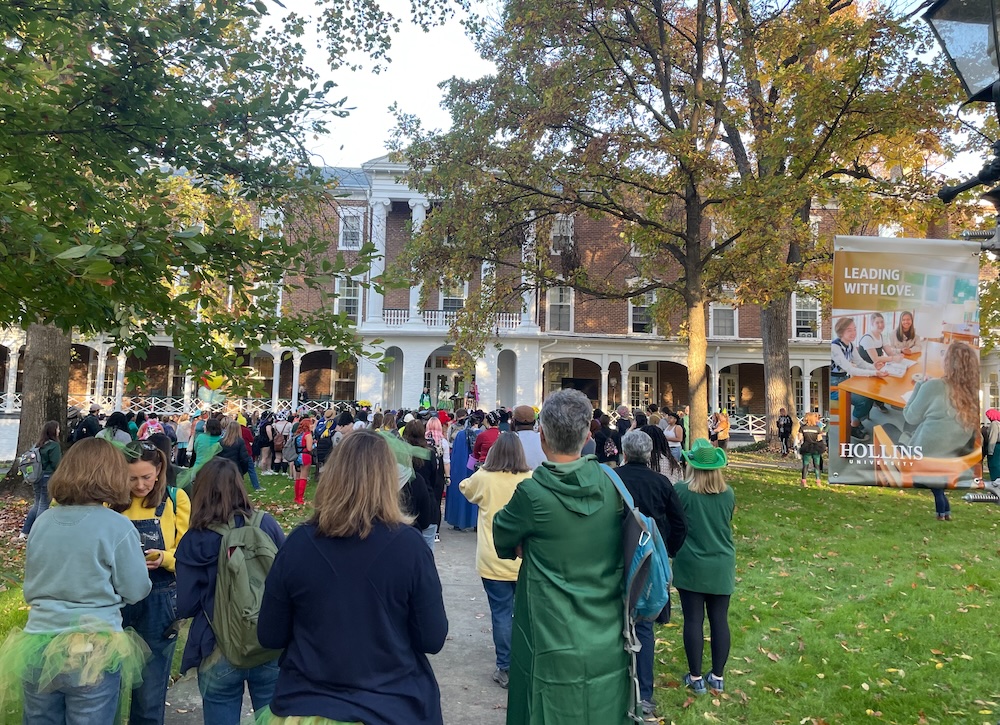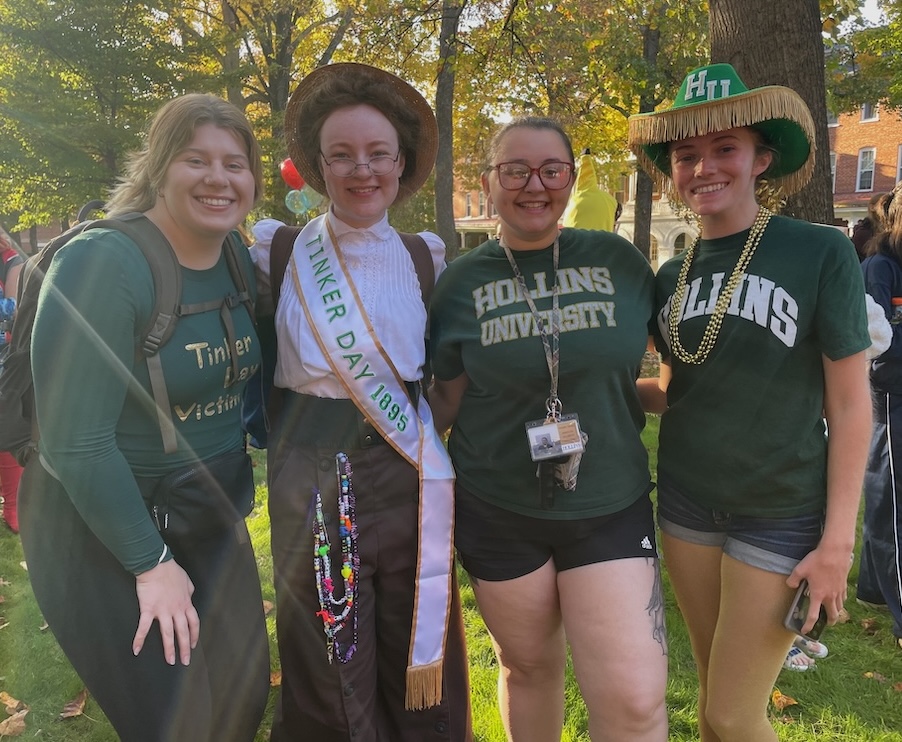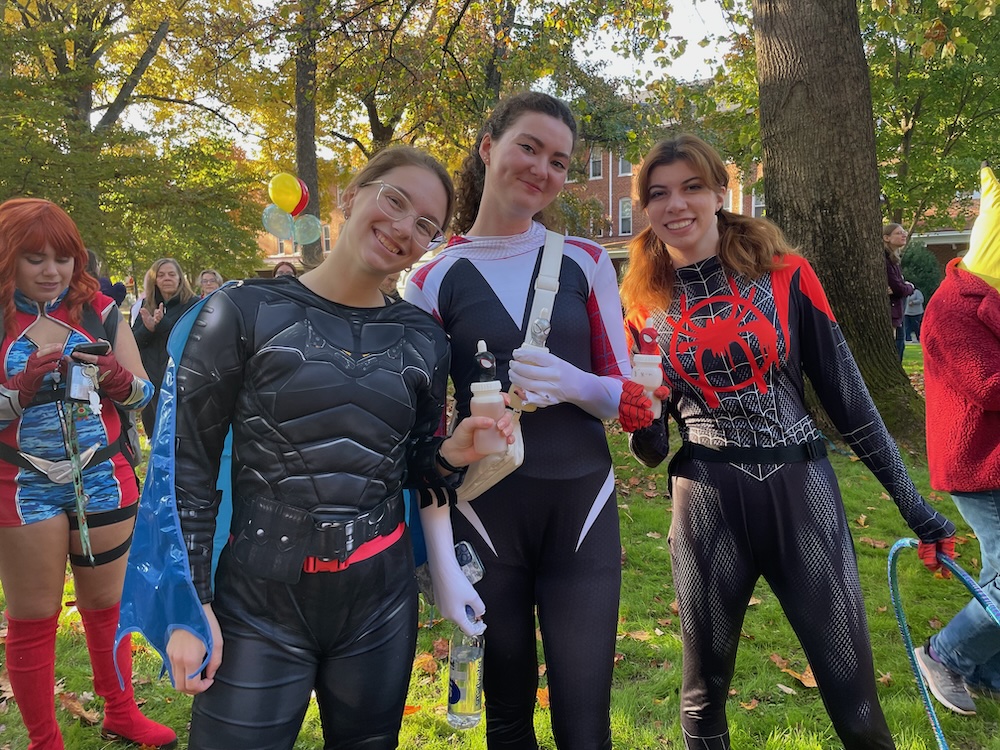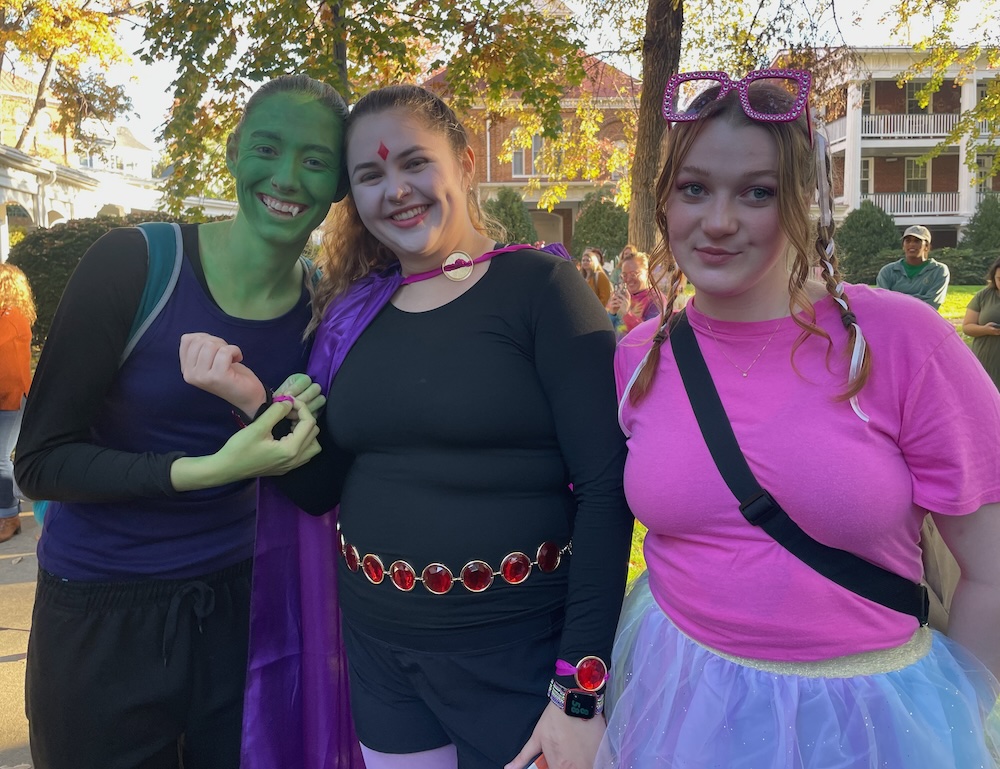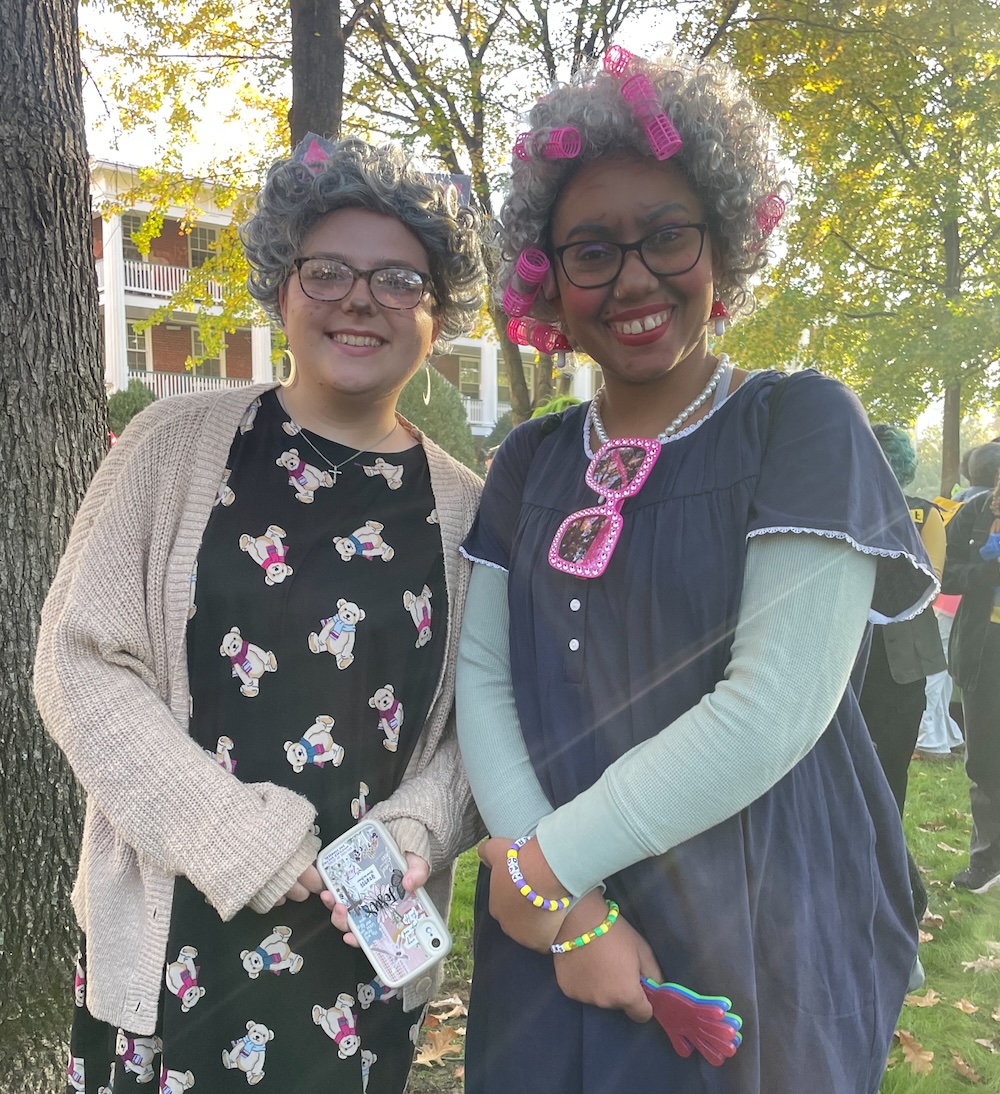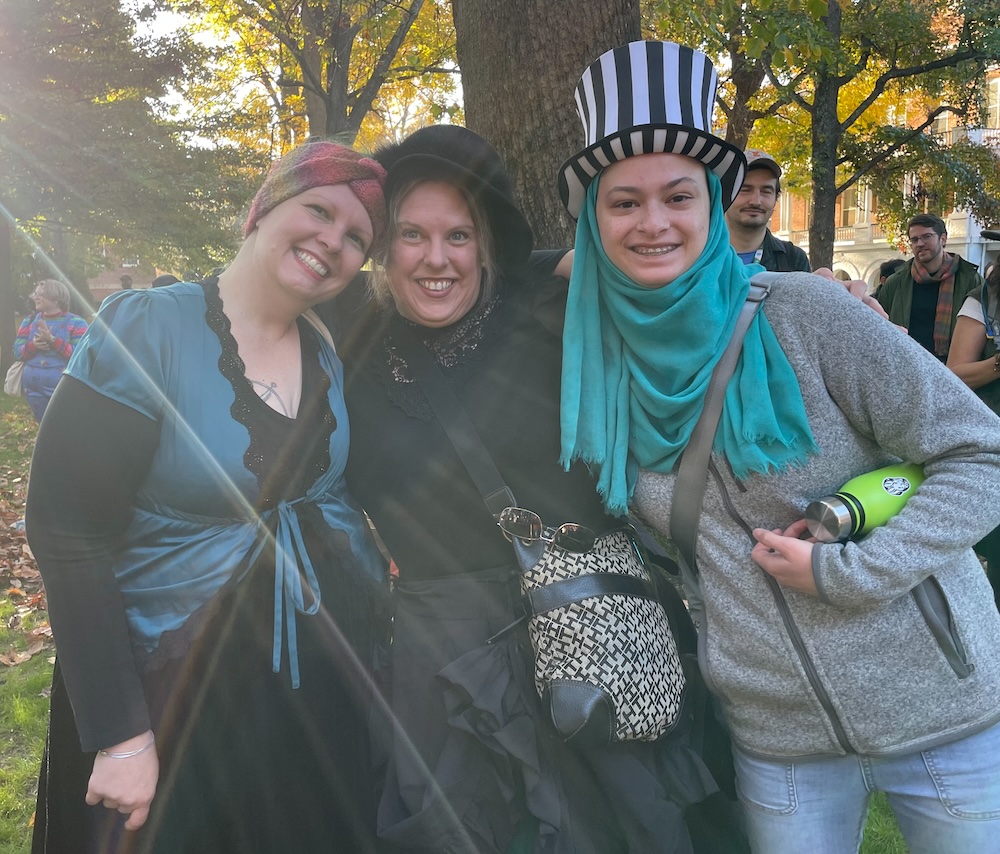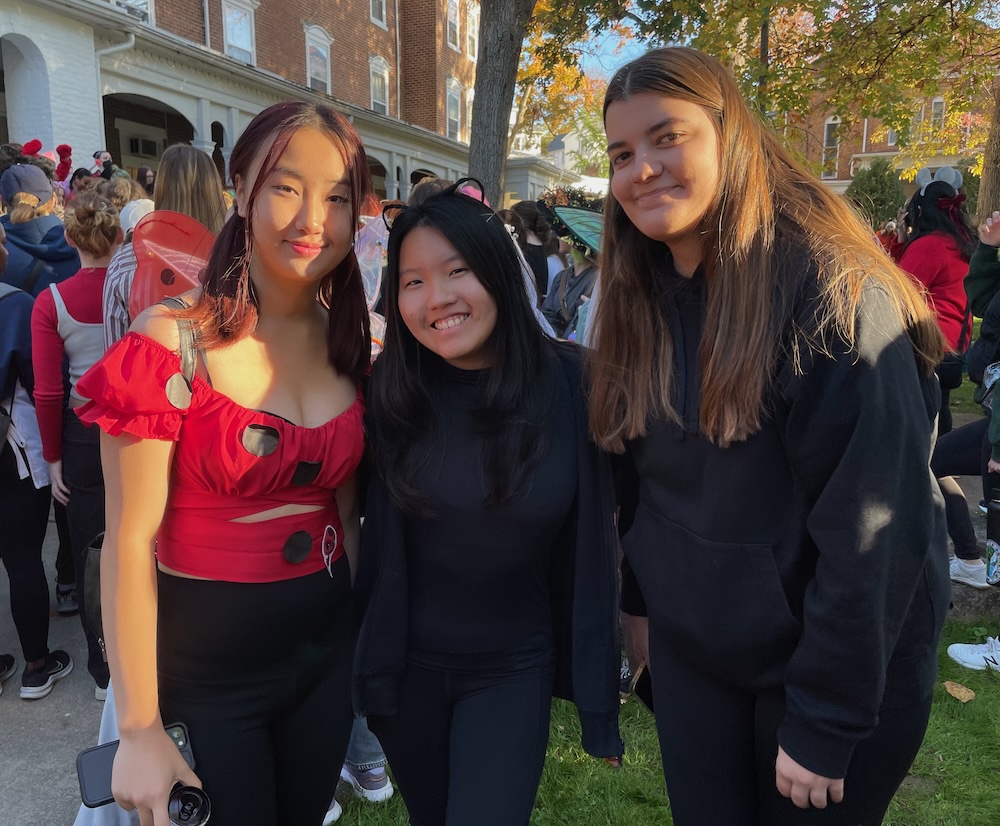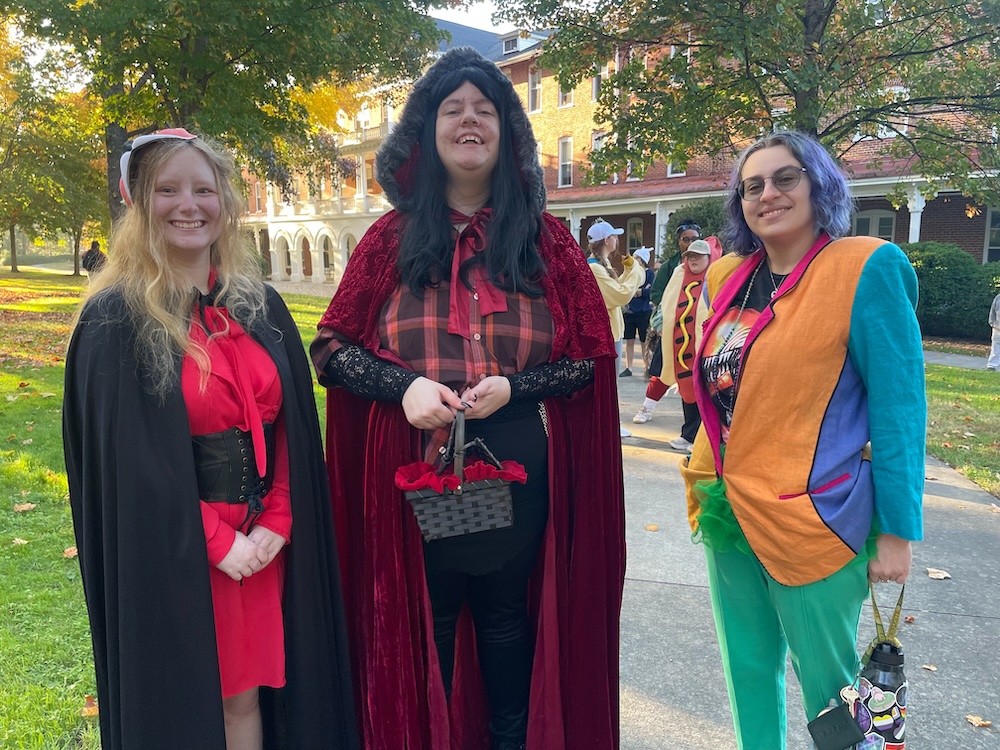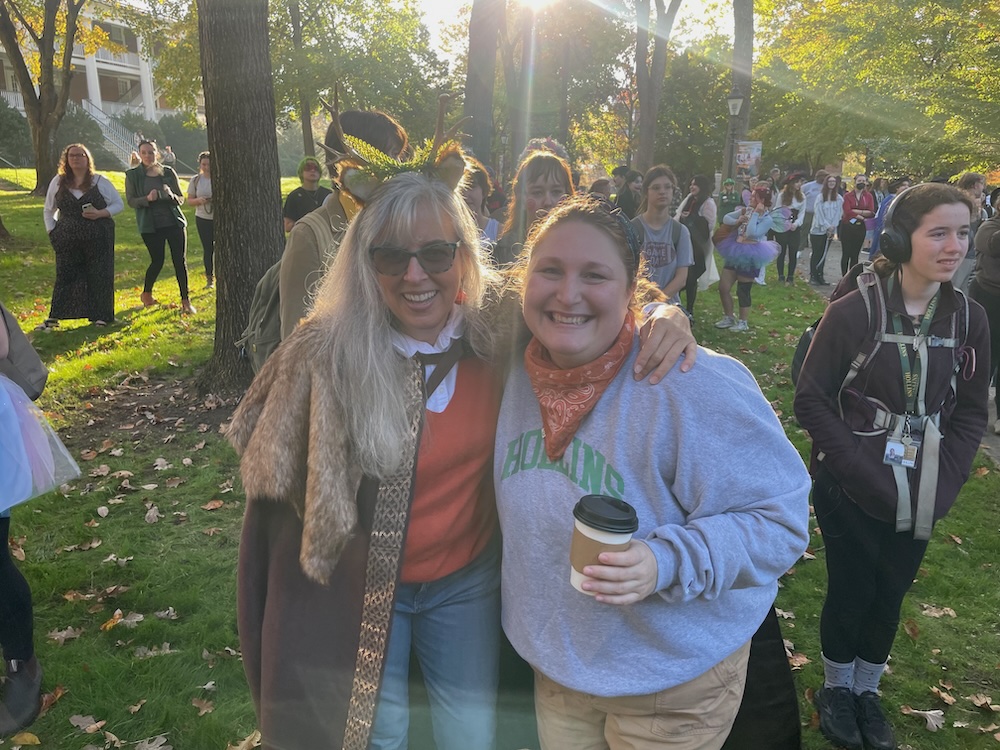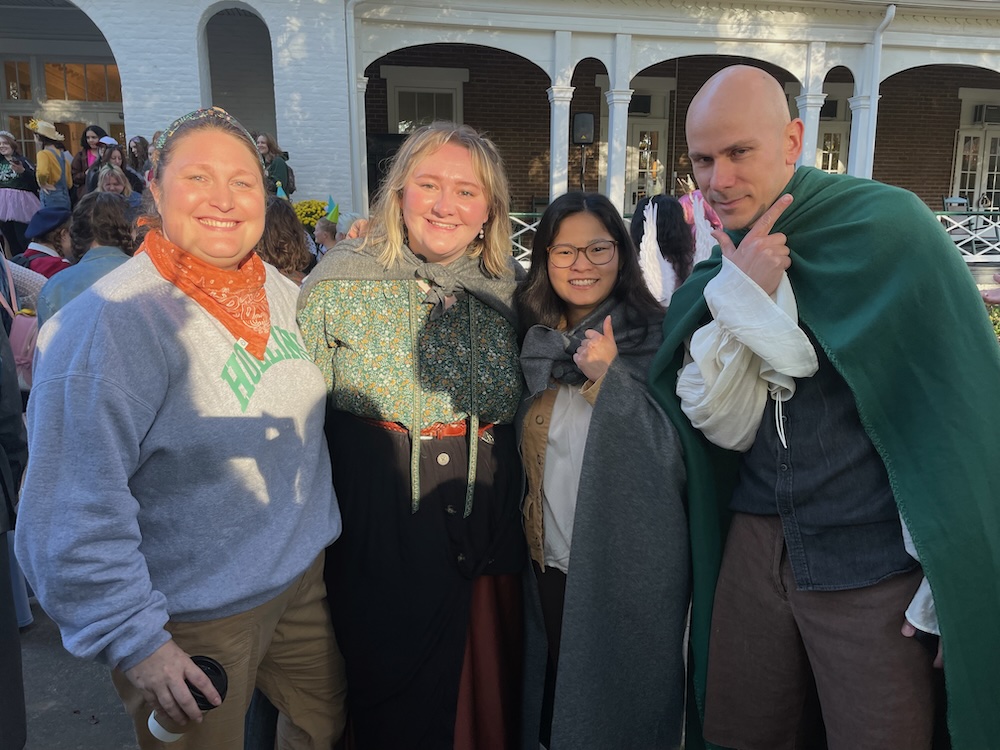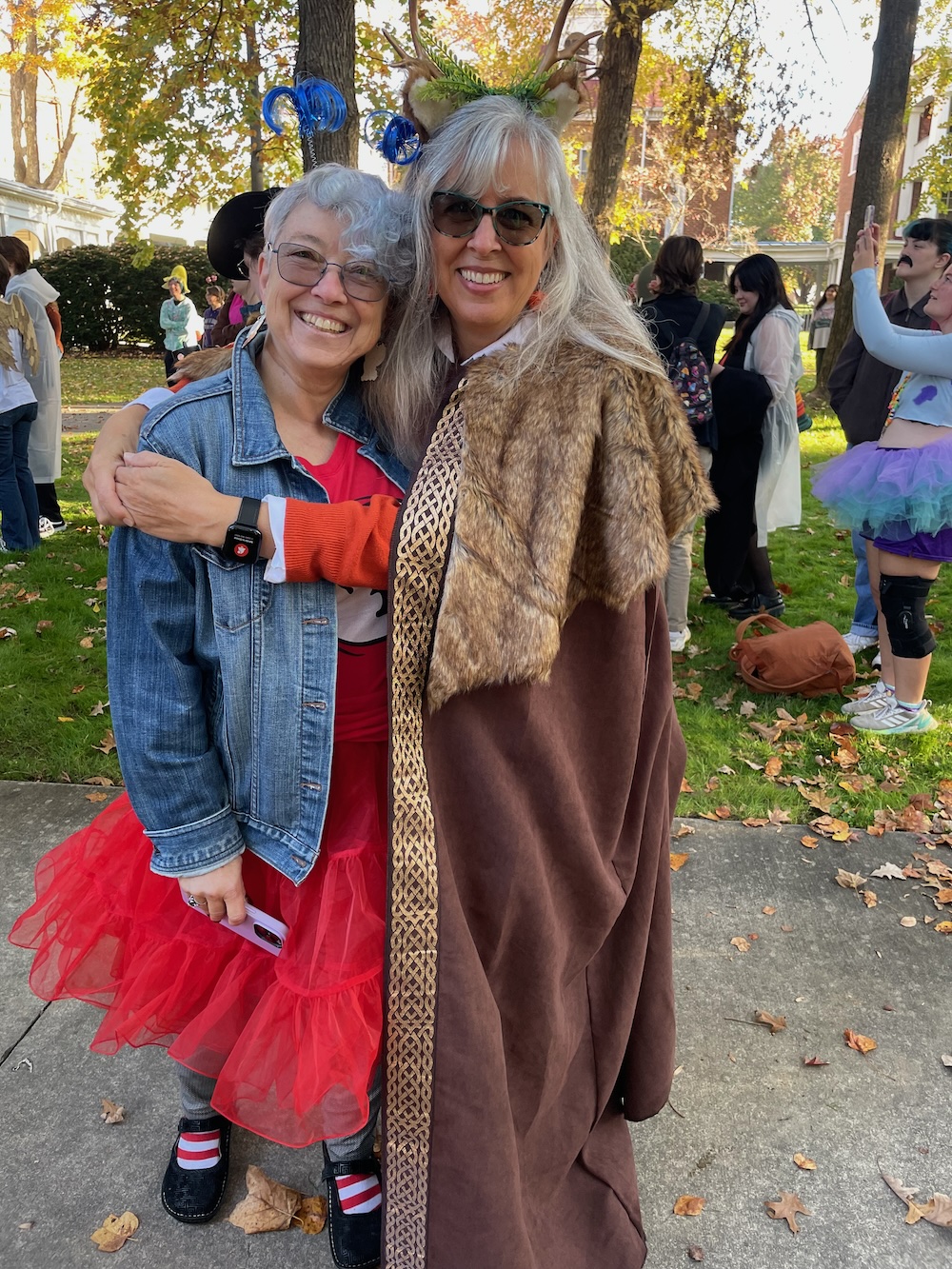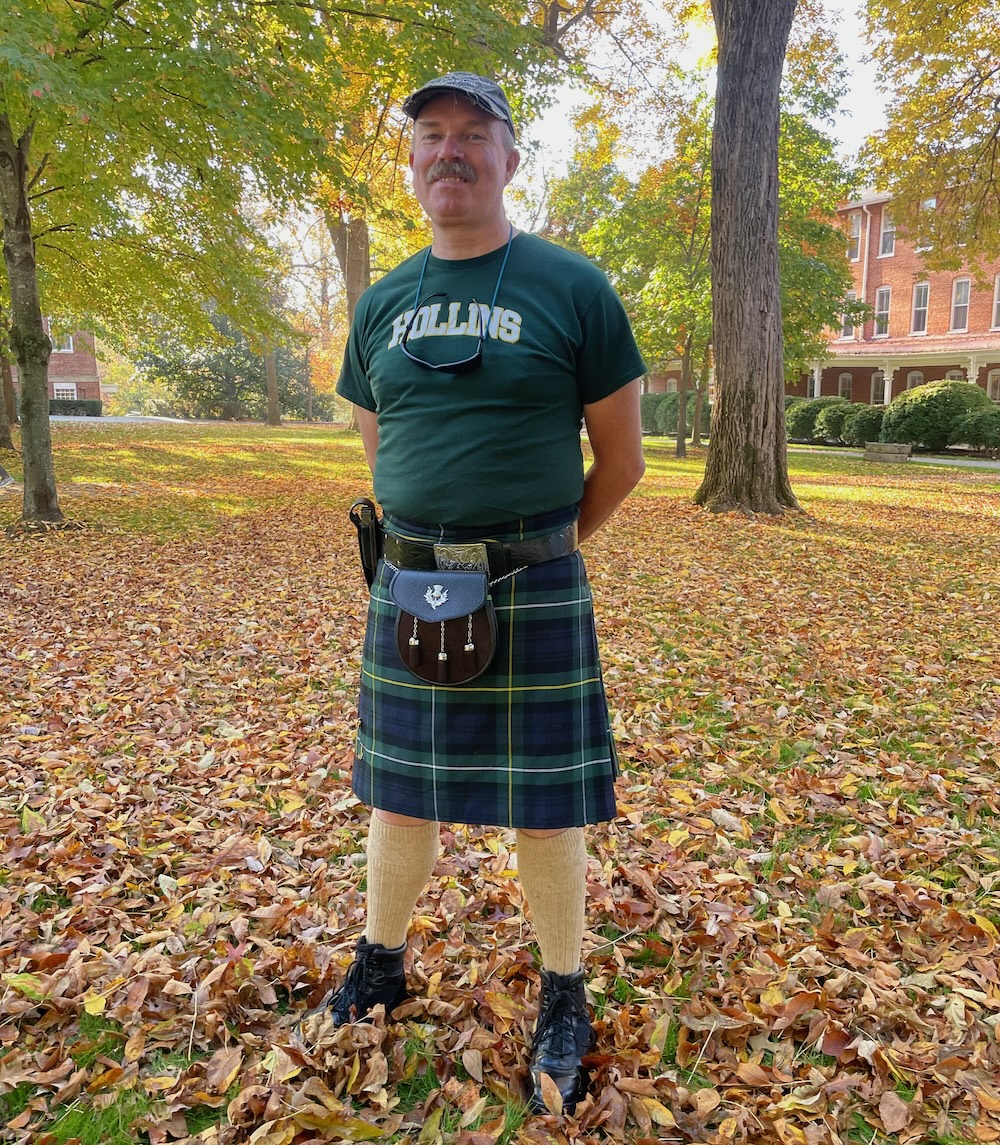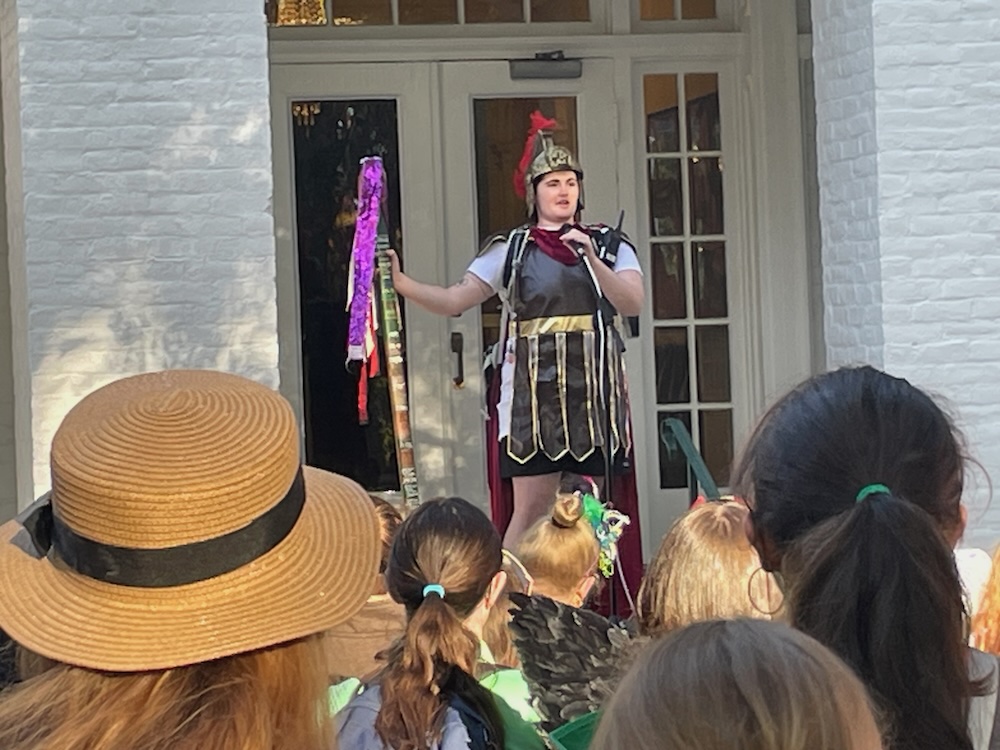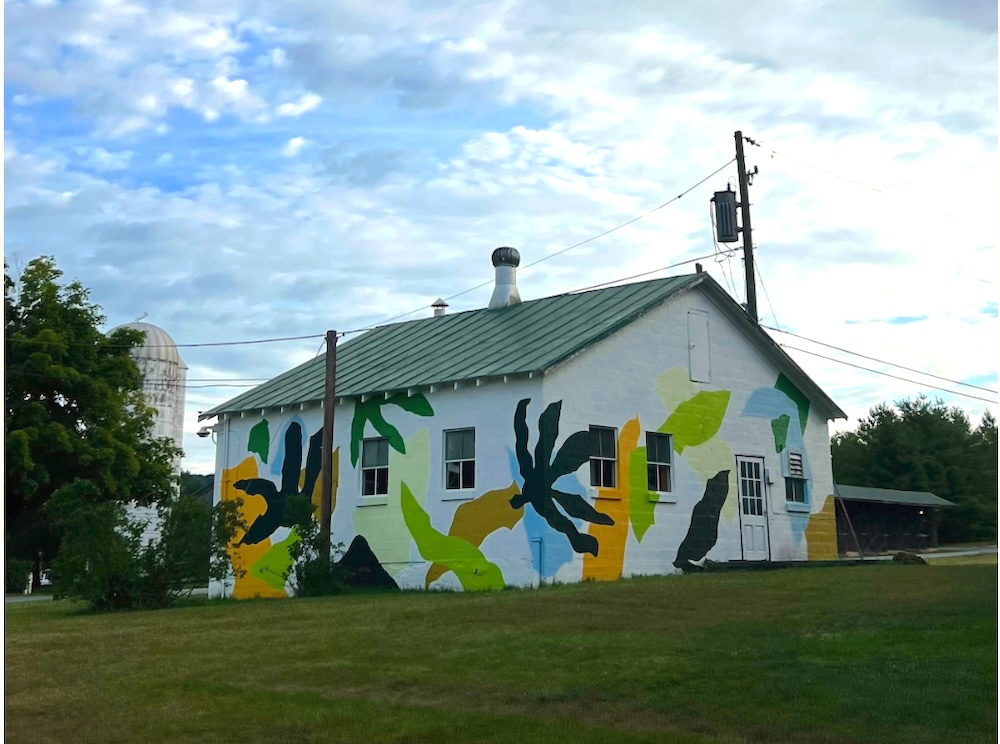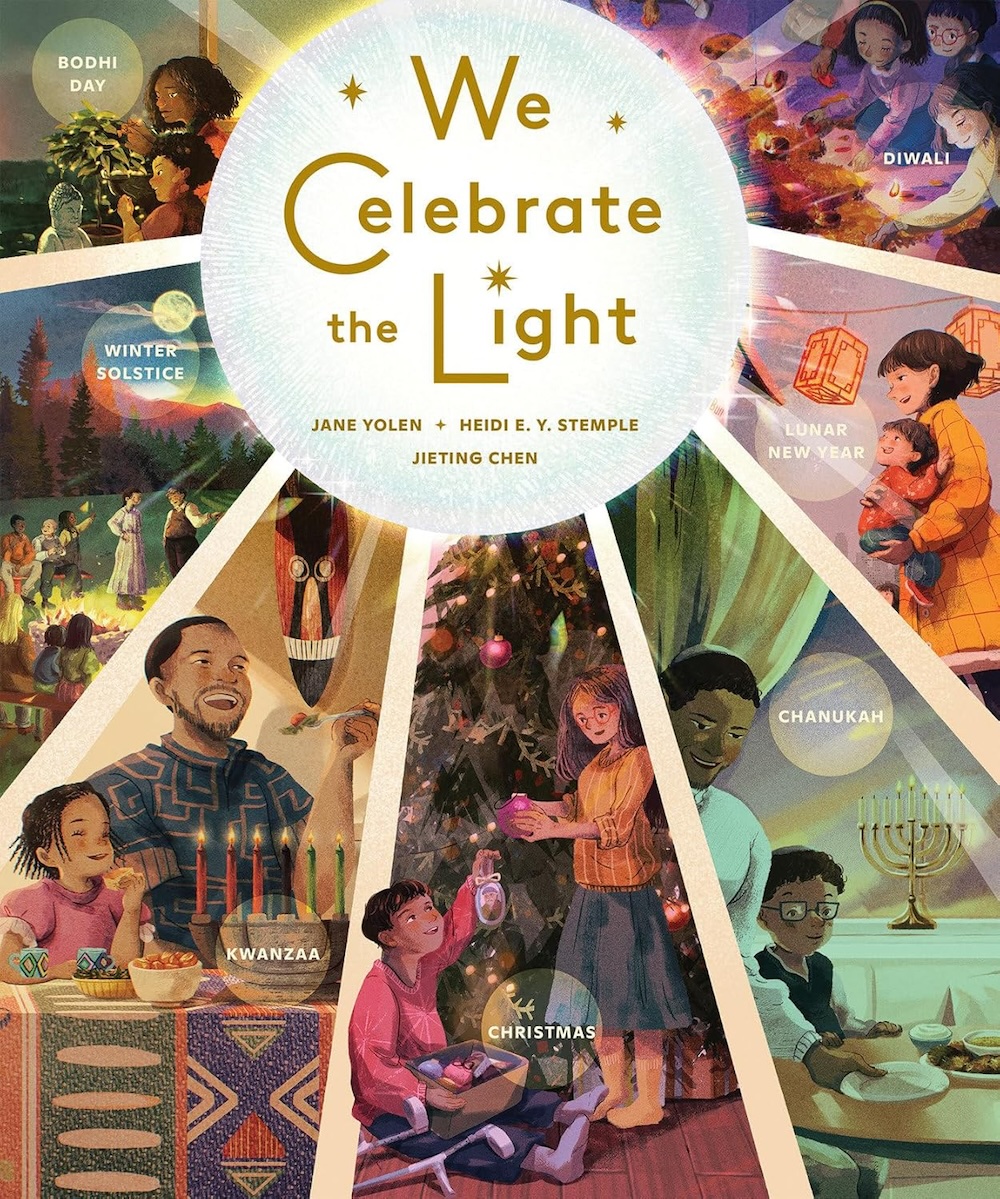
I'm thrilled to introduce this lovely tribute to several cultural holidays in
Jane Yolen and
Heidi EY Stemple's new book, WE CELEBRATE THE LIGHT, illustrated by
Jieting Chen! All three of them stopped by to talk about this special book! Take it away Jane, Heidi, and Jieting!
HEYS (Heidi):
The three of us are so excited to be here on Dr. e’s blog to talk about our new book WE CELEBRATE THE LIGHT which just came out in time for the holidays represented: Diwali, Winter Solstice, Christmas, Chankah, Bodhi Day, and Lunar New Year.
JY do you want to start by telling everyone how the book came into being? For those of you who don’t know, JY and I are mother and daughter and this book is our 25th together.
JY:
This book began in an unusual way--because an editor asked us to write it. She is an editor that we have done this kind of book for before and it is right up our alley! What she did was give us the idea for the book and we did the research and the writing.
HEYS:
That’s right. Cecily Keiser is the editor we worked with on the book I AM THE STORM and she called us to say, “Rise” (that’s her imprint) “needs a winter holiday book. We want it to represent many holidays and also be poetic.” That’s all we needed! So, we got to work.
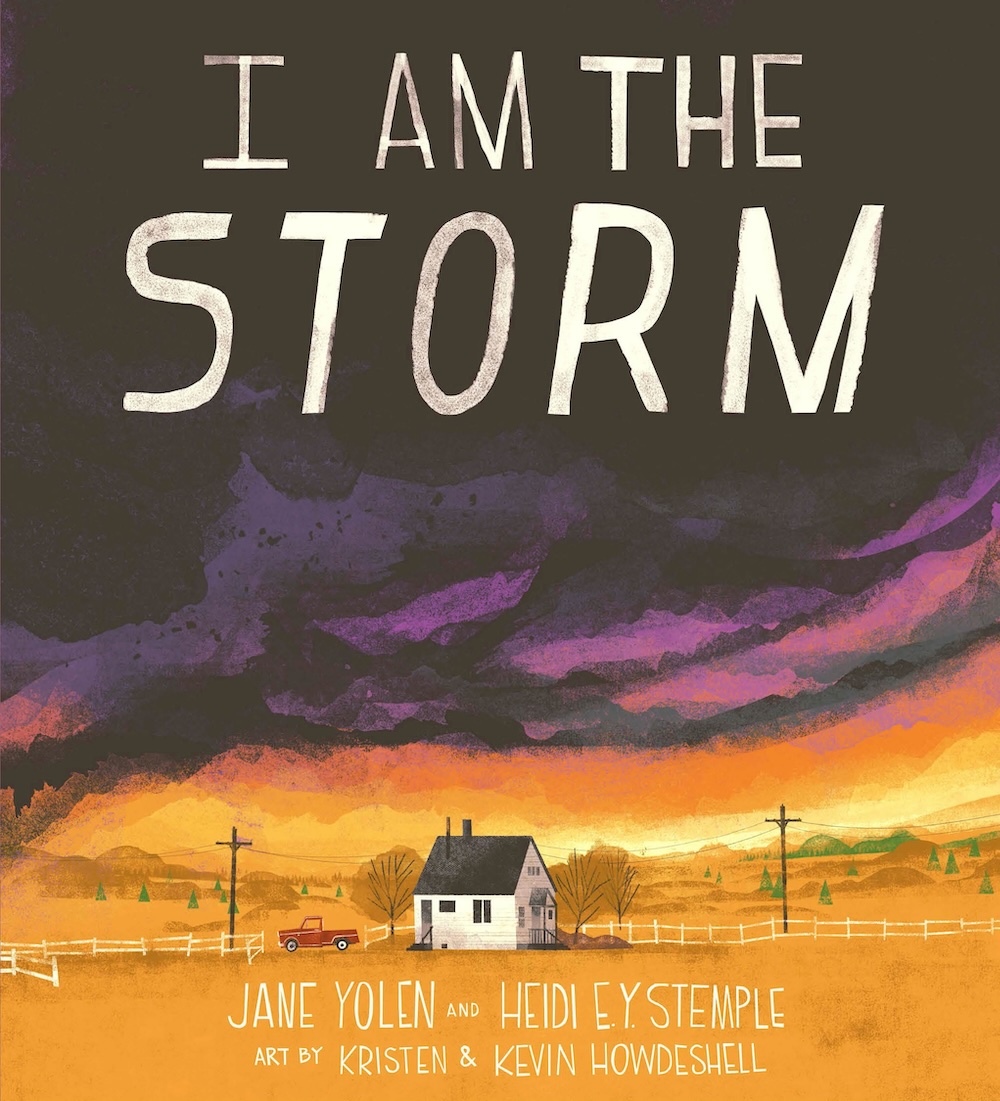 JY:
JY:
The first book we wrote for her, I AM THE STORM, (illustrated by
Kristen and Kevin Howdeshell) was about storms and empowering young readers to deal with scary things, but this one was all about joy since it’s about winter holidays, holy days, and special days.
HEYS:
The text, itself, started out much more specific than it is in the final book. In fact, when we started, our first drafts really went into the particulars about what “light” and “traditions” and “family” (and the other threads) meant in each holiday. Like, for light, it began with “light to celebrate the oil lasting 8 days, light shining over a sleeping baby,” etc. But, once that was written, we decided that those specifics weren’t what the book needed. We wanted it to be about the larger themes that we, as humans, all share. So, the text shed a lot of those longer lines and kept the broader strokes. I believe this is what makes the book special.
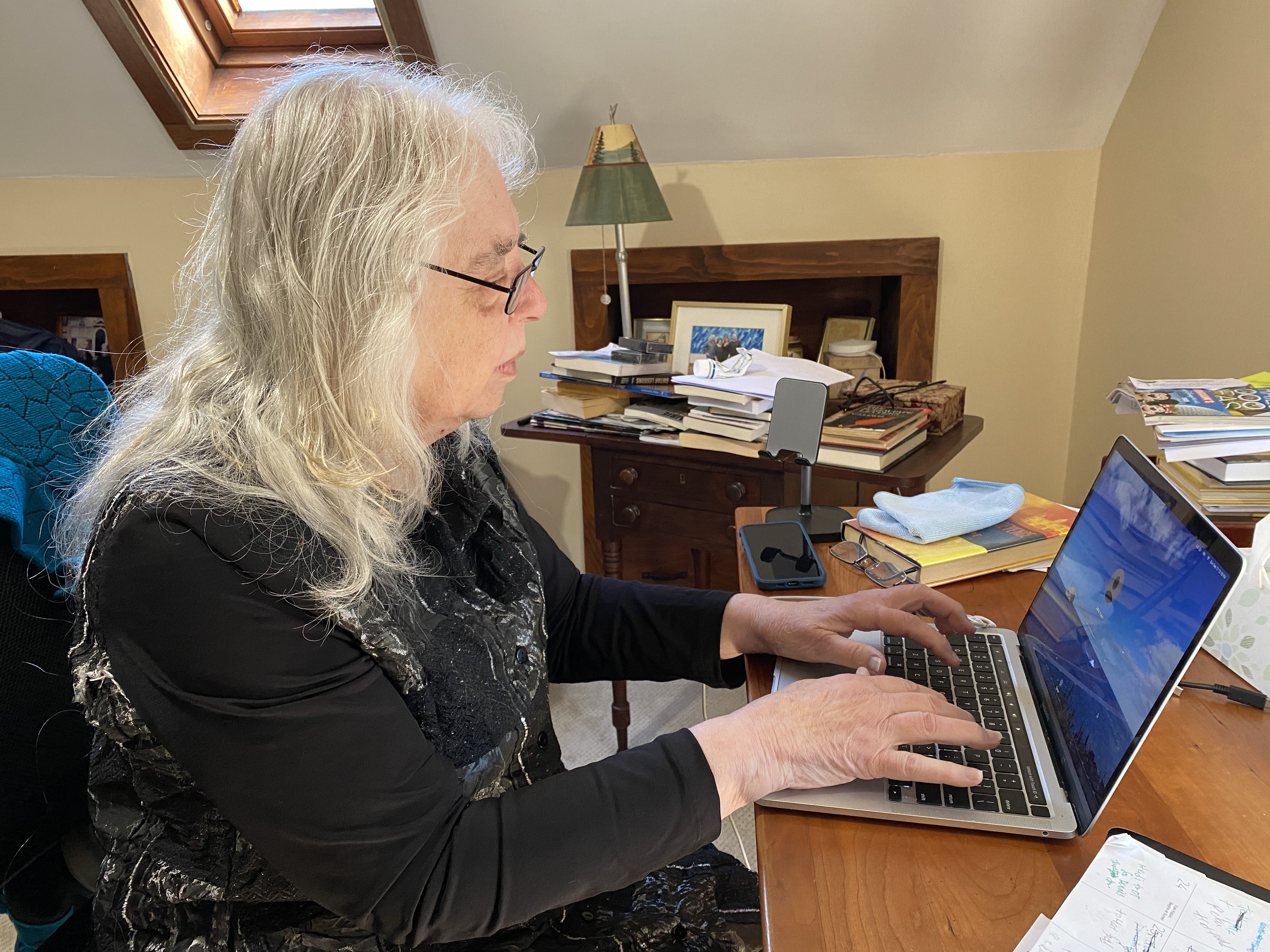
That said, our process when we work together—regardless of where the idea came from-- often begins with an in-person brainstorming session. We talk (sometimes argue) about what the book should be about, what it should sound like, and what we want the reader to feel in the reading. Then, the writing is a bunch of back-and-forth emails. One of us starts and sends it on to the other and that person revises and adds and sends it back. Do we bicker? Yes. But, we love each other, so it’s ok. The book is always better for our strong opinions.
JY:
The other thing we do is we sit down at my dining room table and we speak the lines of the book out loud because children’s books are meant to be read aloud. So, immediately, we can hear the spots that need work. If I don’t see those areas, Heidi will. And if Heidi doesn’t, I will, because the ear and the eye are different listeners.
HEYS:
Once we felt the book was at a place to share it with Cecily, we let her in on the next phase of revision. Then we really start on the micro level—workshopping sentences, words, even punctuation. This type of attention to detail is more intense in picture books because, unlike longer-form writing, each word carries so much weight. One change, the whole tone or meaning can shift. I love this part of writing.
This isn’t your first holiday book, JY. How was this book different? Besides working with me, of course.
JY:
Three things—we knew the book was already sold which relaxes and relieves the process not having to worry about writing something that may possibly never get sold. This is a book an editor already wants. Second—it’s different in the fact that I didn’t even know of some of these holidays. So, as we were writing, we were discovering. In our family, we celebrate Christmas and Chanakah (which we call Christmakah or Hanakahmas) because our family is very mixed. So we come to this particular book about winter holidays with that openness in mind. We also have friends who celebrate very differently—our community is wide and not everyone celebrates the same holidays. Did this complicate our holidays? Sure. But, I think it actually opened them up to a greater and grander way. I hope this book shows that.
HEYS:
It’s worth noting that even people who celebrate the same holidays don’t celebrate in the same way. That was a challenge in this book-- but it also gave us a lot of space to allow many families to see their own traditions in the pages.
JY:
Something you may not know about my background is that I minored in college (Smith, 1960) in Religion. This meant, coming to this book (and, also the other holiday books I have written) I had already studied religions--some that many people may not have even heard of-- and I had always been interested in the commonalities as well as the differences.
HEYS:
OK, so back to the book. Once the text was in place, Cecily started looking for an illustrator. She called to say the look they were thinking about could be summed up by the word “luminous.” That sounded right to us! Enter Jieting Chen. To say her art is luminous is an understatement.
Jieting, can you tell us something about you? I understand you came to the US to study art as an adult. Tell us about your journey.
JC:
Hi! I’m Jieting Chen, originally from China. I’ve loved drawing and anything to do with animation for as long as I can remember, so studying it in college just felt right. After that, I decided to head to the U.S. for grad school to dive even deeper into animation. It’s been such a fun journey, combining my passion for art and storytelling along the way!
HEYS:
We were super excited when we found out they were approaching you to be the illustrator. What did you think of this project when it was proposed to you?
JC:
I still remember the day I got the inquiry email from my agency. Alex—who’s such a lovely and wonderful person to work with, by the way, asked if I’d be interested in a special project. She explained it was a book about festivals and celebrations from different cultures, which sounded amazing. She did mention it was a bit of a rush, with sketches due in just a month, but I loved the concept right away and thought, “Challenge accepted!” And I’m so glad I took it on—it was such a blast to work on!
HEYS:
Well, we are certainly excited that you took on the challenge!! Can you give us a glimpse into your creative process?
JC:
I always start my work with research on the characters. I ask myself: Where do they come from? What’s their backstory? How can I best tell their story visually? But for this book, the process was a bit different since it’s packed with so many different cultures! So, I had to focus not just on the characters, but also on the settings—the environments they live in and the props they use to celebrate each holiday.
Luckily, I work digitally, which made it easier to experiment with perspectives and layouts.
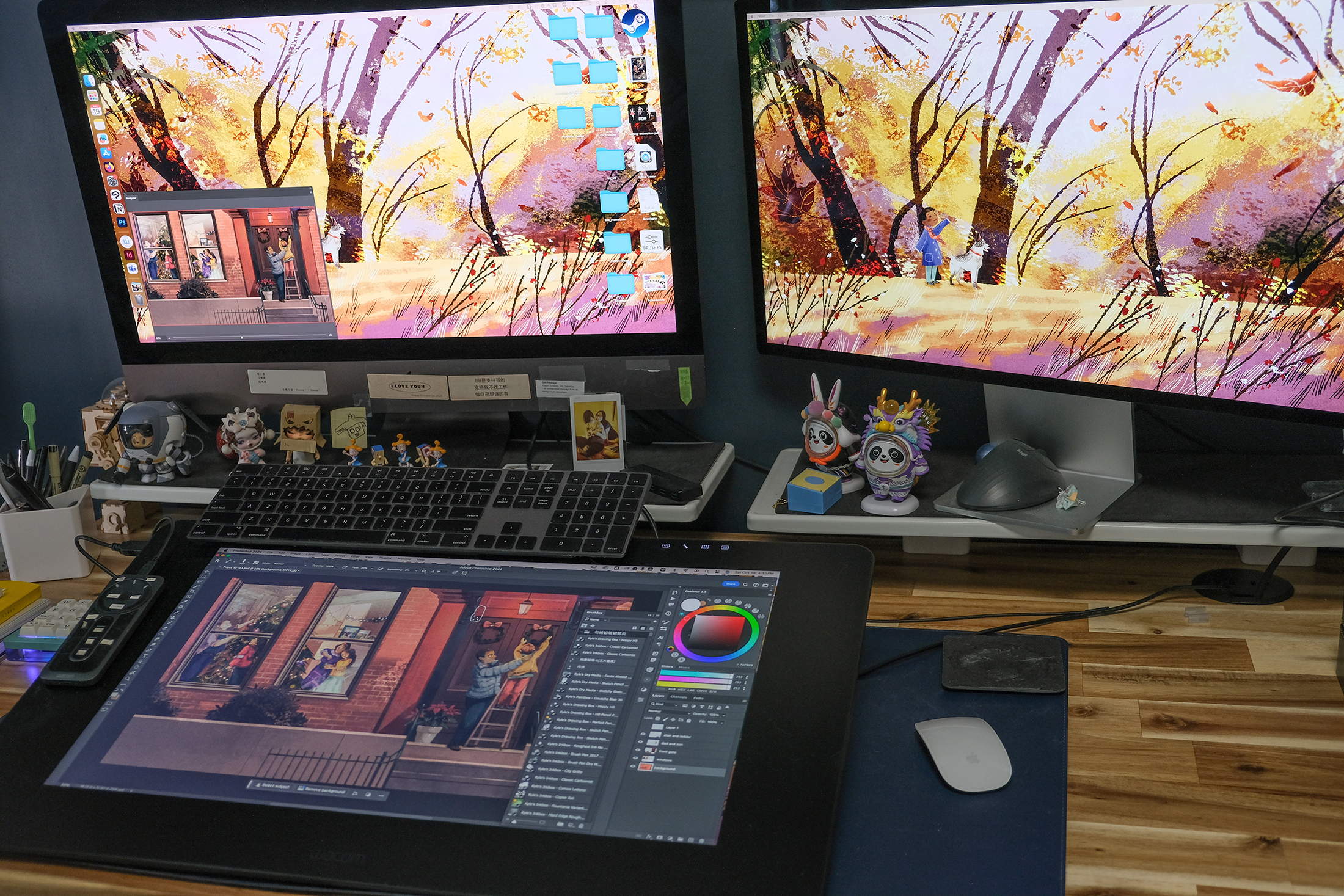
Once the sketches were finalized and approved,
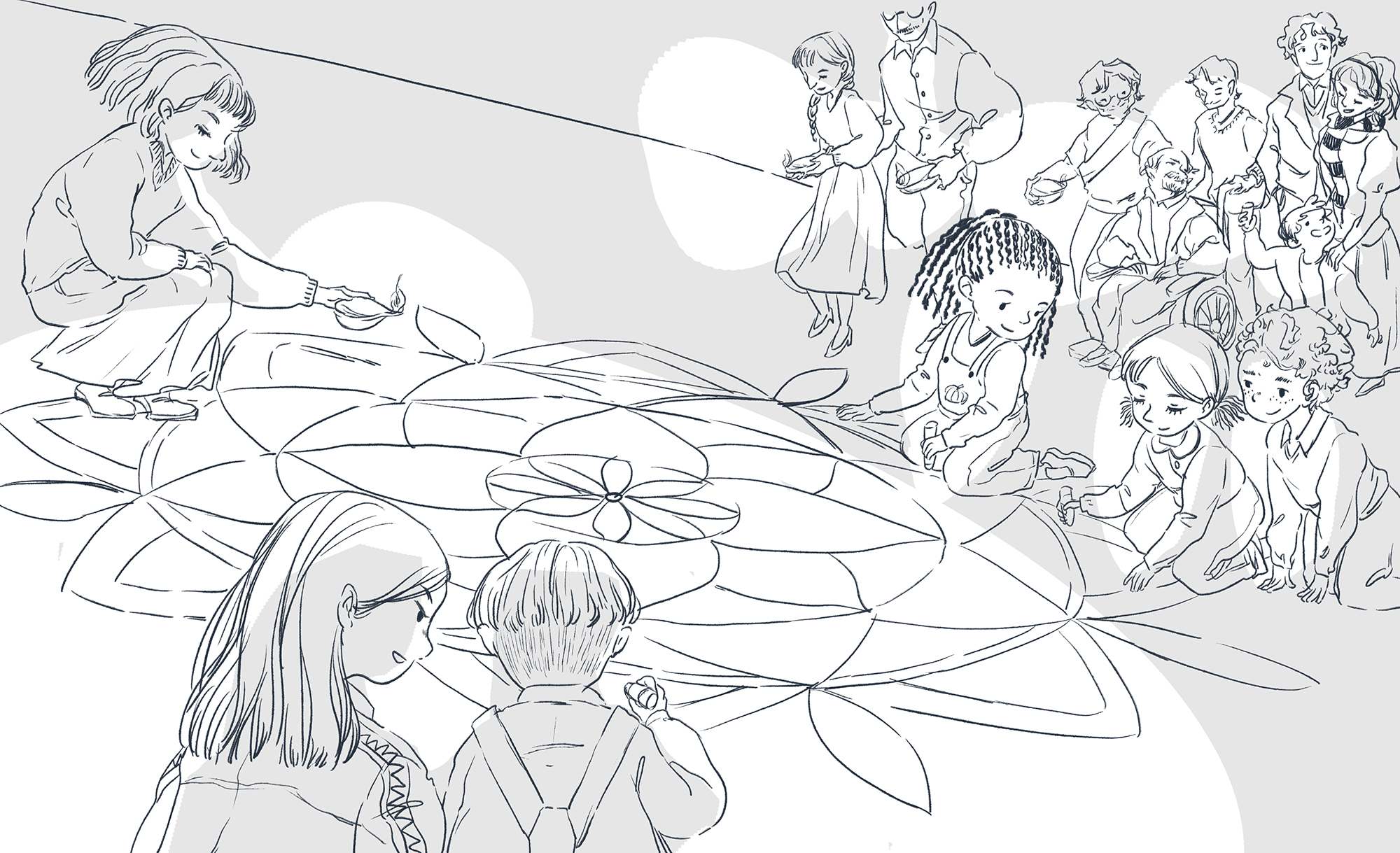

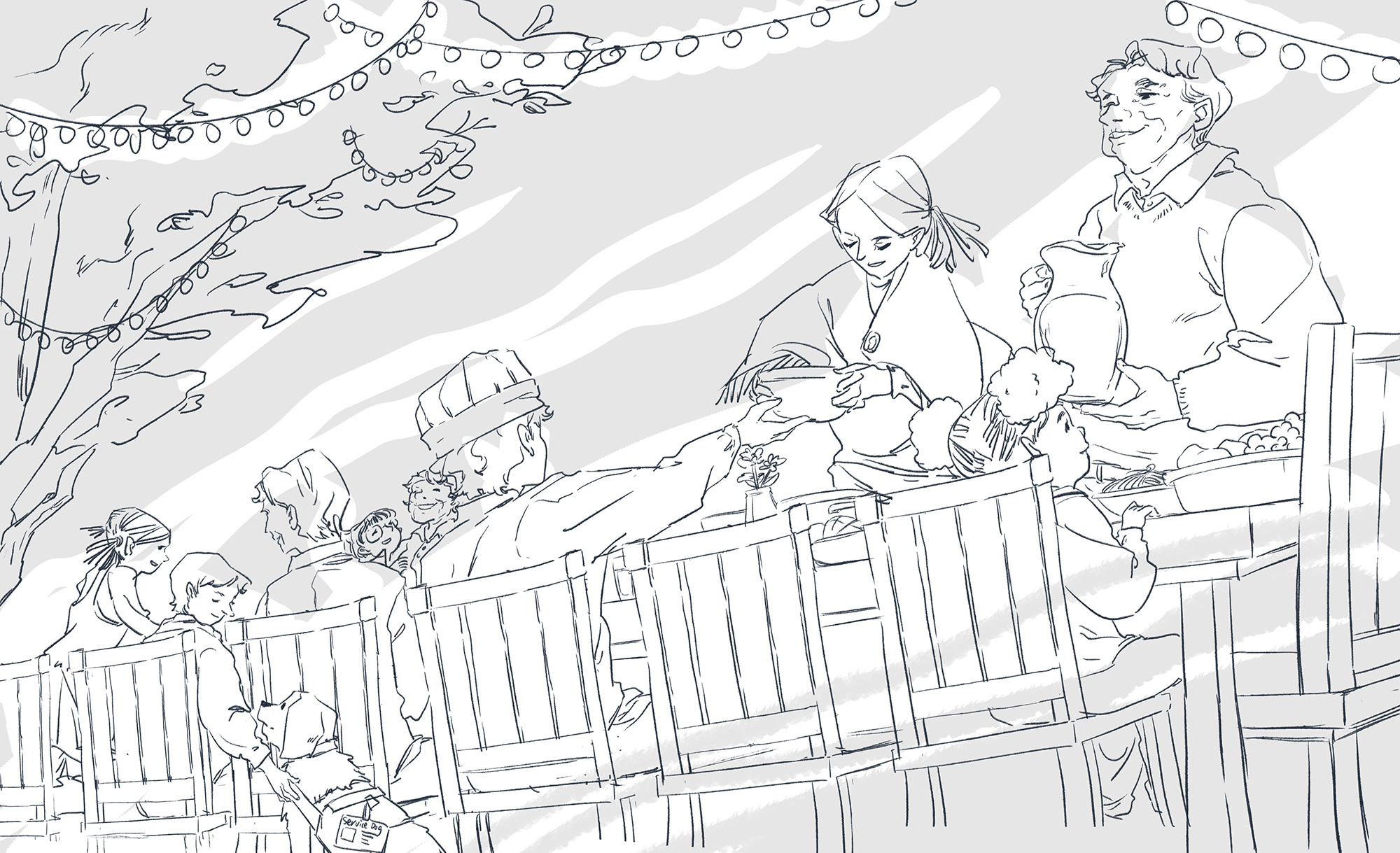
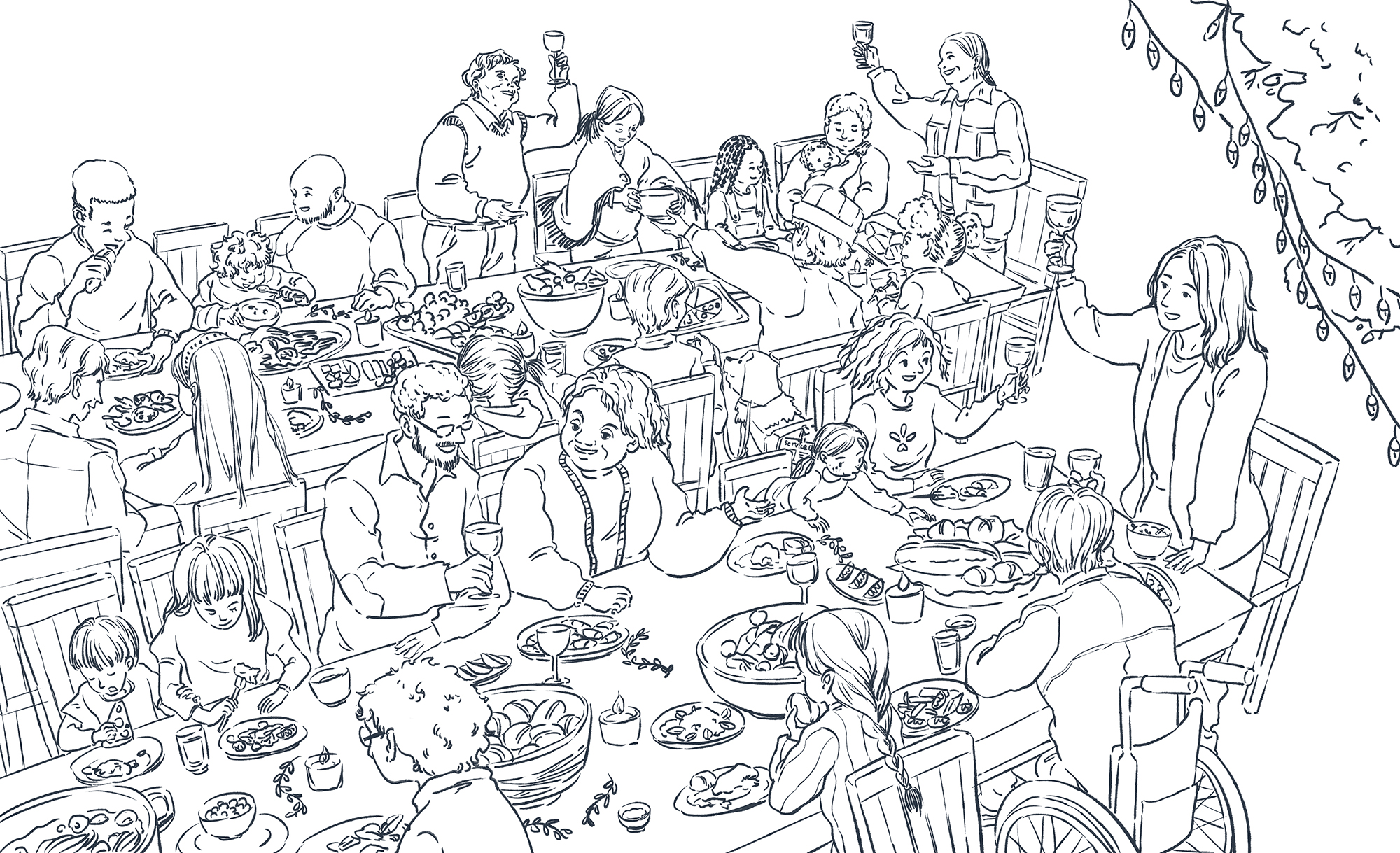
I moved on to colors, which is always my favorite part!
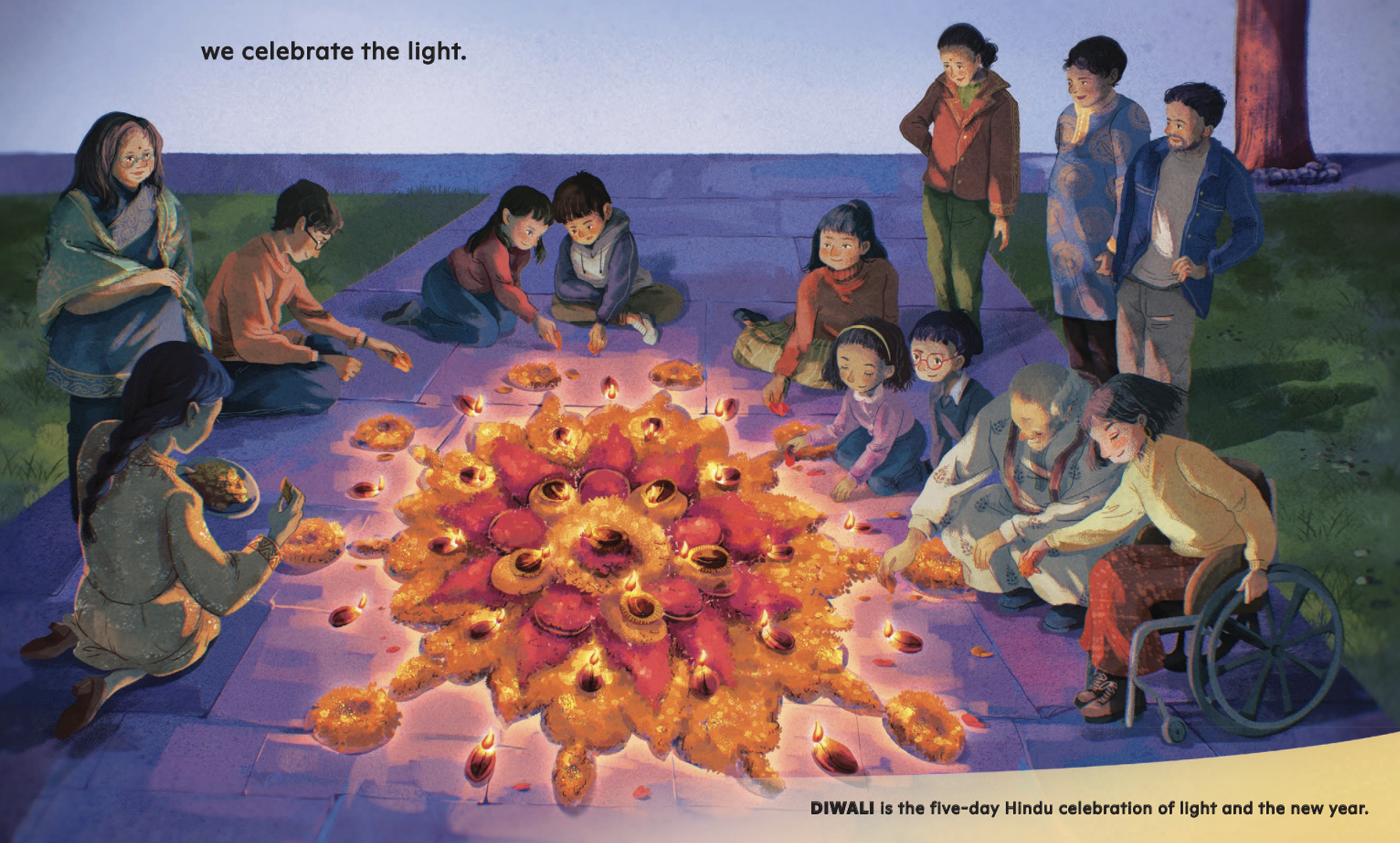
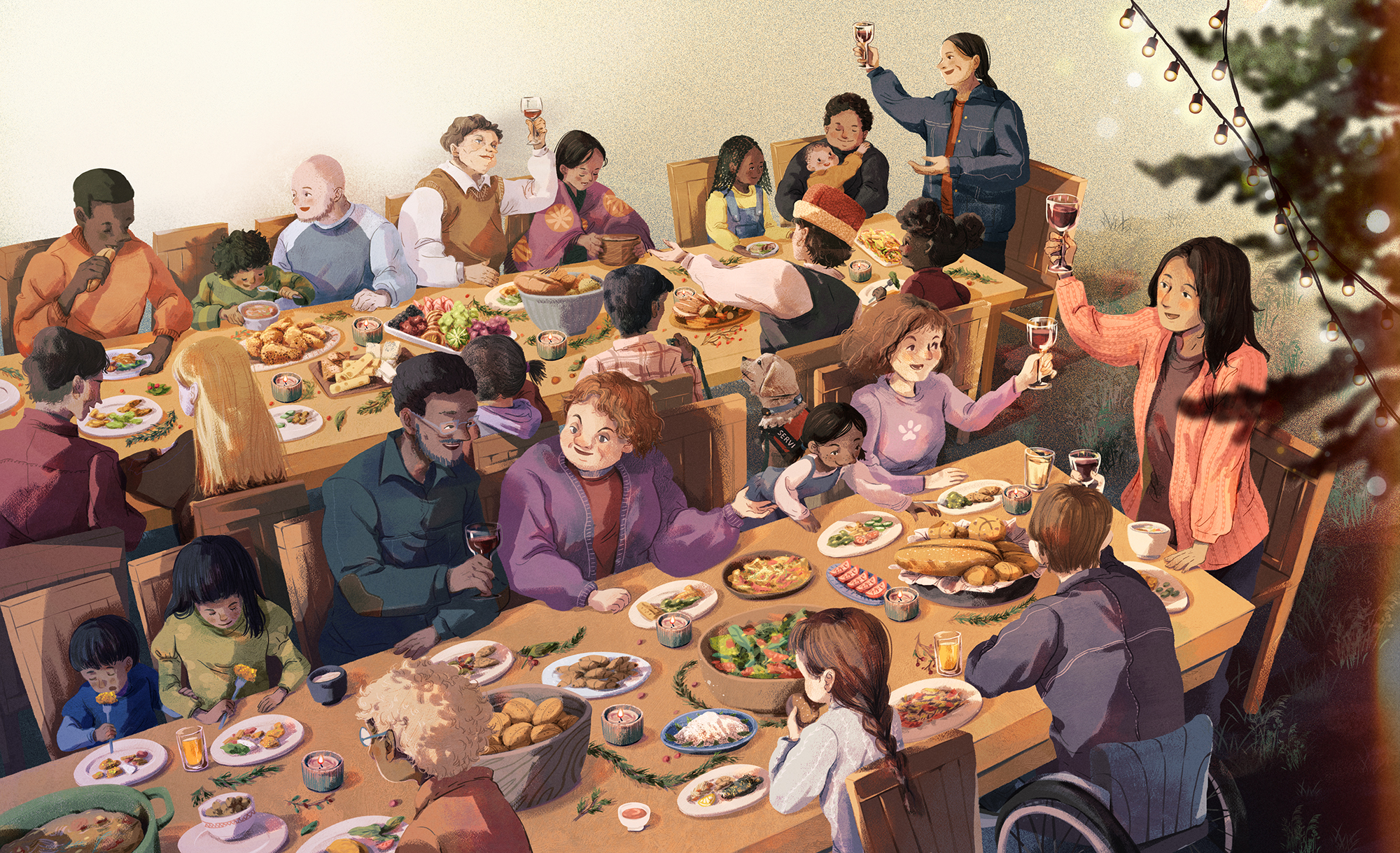
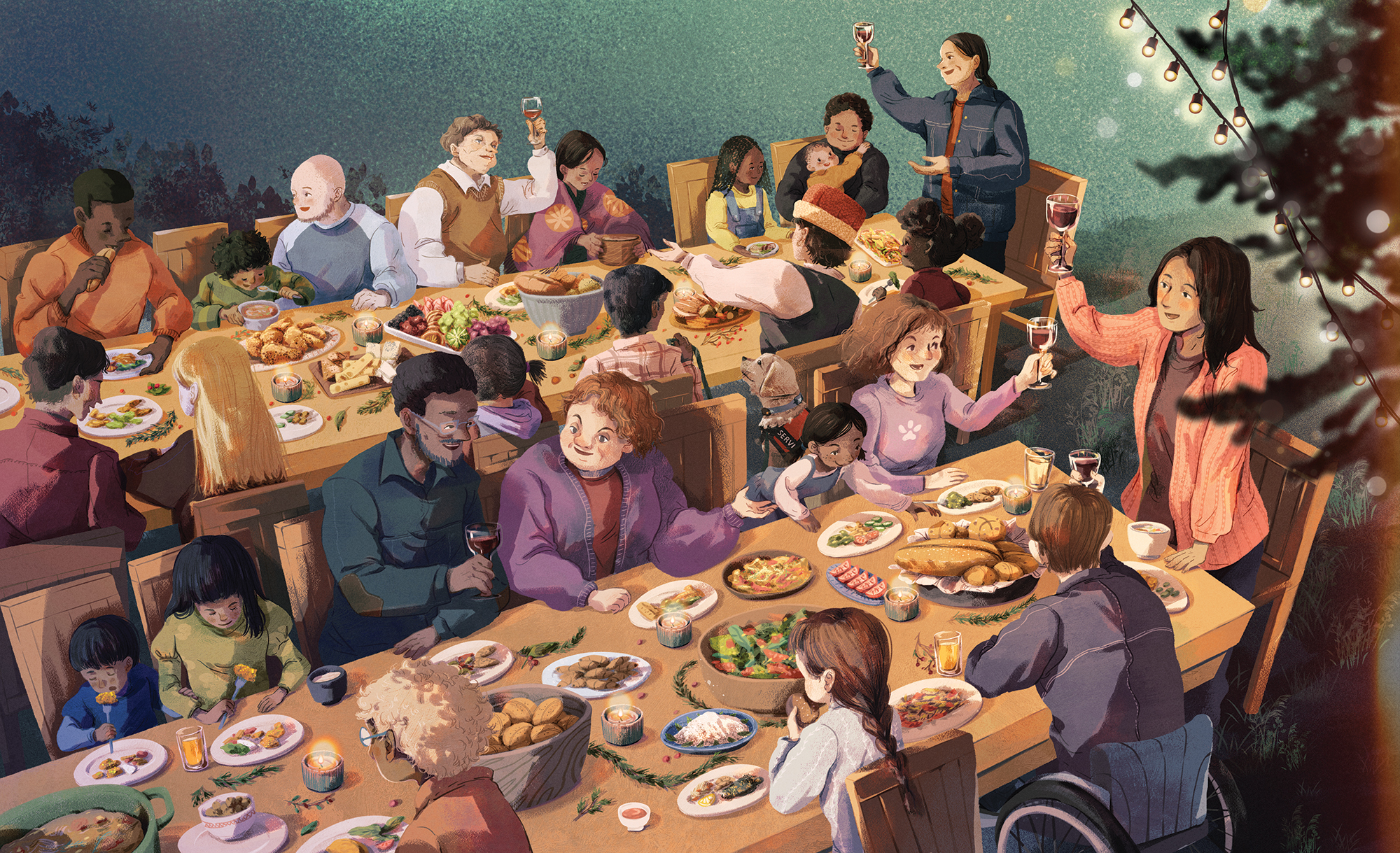 HEYS:
HEYS:
Luminous! Your colors are luminous!
We worked in a kind of weird way for this book. I sent you a scene description for each page. I believe, this was because of the tight deadline you mentioned—giving you a set scene was supposed to free you up to not have that extra step. I mean, it was certainly not anything I usually do. We writers try to stay out of the illustrator’s way. How was it to work this way? Were there any challenges?
JC:
I wouldn’t call it weird, but it was definitely one of the most unique projects I’ve worked on. The book covers seven celebrations, each with its own distinct set of characters and settings. The scene descriptions I received were super detailed—they specified everything from whether the scene was indoors or outdoors, how many characters were involved, what they were wearing, and what each one was doing. But even with all that detail, I still had a lot of creative freedom to bring the scenes to life, which I really enjoyed!
There were definitely some challenges, though. The hardest part for me was illustrating each scene as authentically as possible. I wanted to ensure I was being respectful to each culture, so I spent a lot of time researching traditional clothing, environments, and customs for each festival. There was quite a bit of back-and-forth with the designer and editors along the way, which I really appreciated. This was such a collaborative process, and everyone was working hard to go beyond their own perspectives and backgrounds to make this book the best it could be. I’m so proud of what we created together!
HEYS:
We are so proud, too. But, without your art, it’s just a poem. Cecily got it exactly right when she chose you to do “luminous!”

OK here is an important question: Dr. e (Elizabeth Dulemba) whose blog we are guest writing always asks this: What do you think makes an illustration magical, what she calls "Heart Art” - the sort that makes a reader want to come back to look again and again?
JC:
I believe “Heart Art,” or the kind of art that draws viewers in, takes a familiar scene and presents it in a way that feels both unique and slightly distant. It’s that sense of contradiction—something that feels both close yet far away, both precise yet abstract—that captivates viewers and makes them want to return to it again and again.
HEYS:
I love that! When I am teaching writing, I talk about what make the reader want to revisit the book over and over again—and I think your art is that for this book. There is so much going on. So many details and so many places for the child readers and listeners to find themselves.
JY can I ask you and then Jieting what is your favorite or challenging part of being a creator? For me, my favorite part is when I’m creating a story and the writing, the characters, the story, take over. I know, in reality, I am the one in charge, but there is always a moment when it feels like you are just following along. It feels so magical. Also, for someone like me, who is not an illustrator, seeing my story come alive with art… that, too, is magic.
JY:
My favorite part is when I get an idea that I think can become something. My other favorite part is the ending, when I know it has become something.
JC:
My favorite part of being a creator is having the opportunity to tell stories visually—whether it’s my own or a writer’s story that I get to interpret through my artistic lens. There’s something magical about translating words into images and creating a world that invites viewers in.
At the same time, one of the biggest challenges is making sure my art resonates with the audience. It’s not just about creating something beautiful—it has to connect emotionally. I always ask myself, “How can I make this scene feel familiar, meaningful, or relevant to someone who sees it for the first time?” Striking that balance between personal expression and universal relatability is both the most exciting and demanding part of the creative process.
HEYS:
Is there something in particular about this story you hope readers will take away with them, perhaps something that isn’t immediately obvious?
JY:
That it is a book not only about the light and the holidays, but it is a book that is full of poetry, though maybe disguised.
JC:
Since this book is all about celebrating light, I made a conscious effort to weave that concept into every illustration. I played with different elements like layout, character placement, light sources, and color schemes—to make each scene feel dynamic and alive. My goal was to create a sense of movement and freshness, so readers feel inspired as they flip through the pages.
More than anything, I hope readers walk away with a sense of hope and positivity. Light can mean so many things—joy, warmth, connection—and I hope everyone who reads this book can find their own interpretation of light, both in the story and in their life.
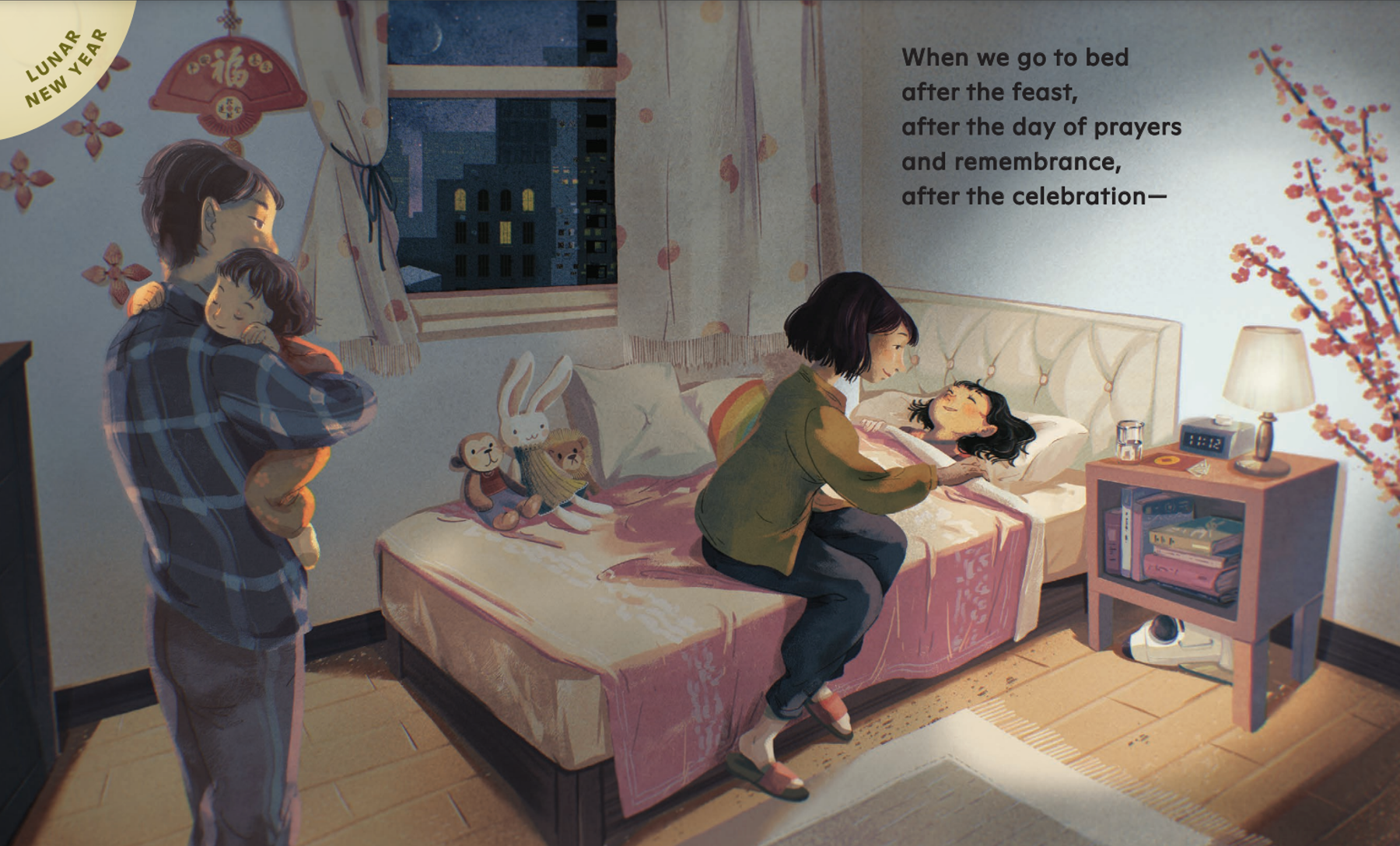
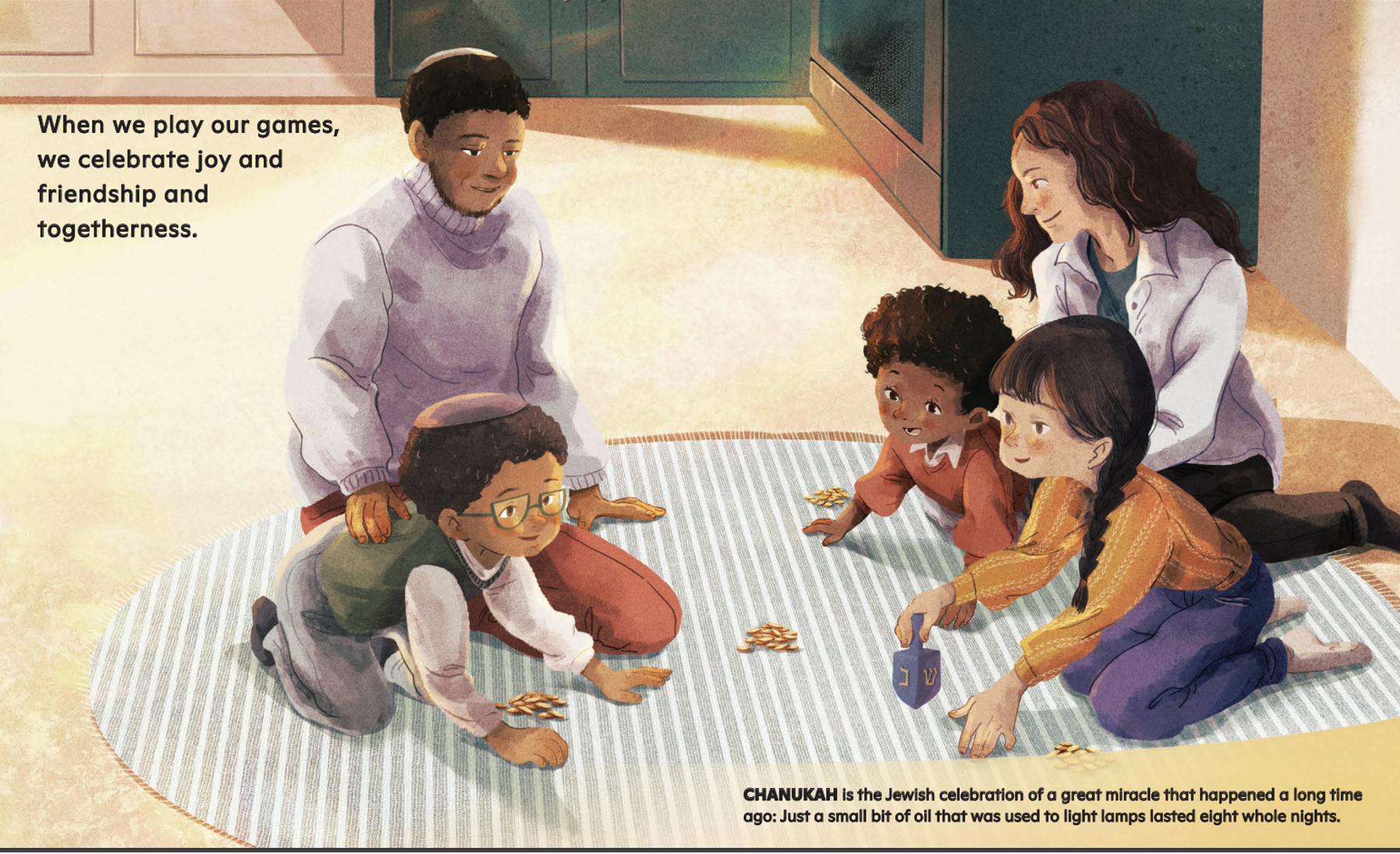 HEYS:
HEYS:
Jieting, I am having so much fun pointing out all the light you have put into the pages—just in that very first scene, there is light pouring in from the window, twinkly lights, the light from the overhead fixture… it’s really like light is a character in the book. It has its own plotline!
And my hope is that, in this very divided world, every child reader can see how similar we are—how connected we are.
OK last question: What are you working on next or what would be your dream project?
JC:
I’ve always wanted to create a book about “loss.” As we grow up, we have to say goodbye to so many things—places, people, moments—but I feel like we’re rarely taught how to navigate that experience. Learning to cope with loss, to accept it, and even appreciate it, is such an important part of life. This idea has been on my mind for a while, and though it’s still in the concept stage, I hope I can bring it to life on paper someday.
JY:
I’m working on three new Dino books and a sequel to a picture book based on my mother’s family back in a shtetel in Europe. Heidi and I are working on a book of writing advice and I’m working with my husband on a poetry collection about grandfathers.
HEYS:
I’ve just sent off the final revision for a verse novel called THE POETRY OF CAR MECHANICS that comes out next year. The project that is next is the 2nd and 3rd short middle grade novels in an eco-series about kids in a birding club called AVIAN ADVENTURERS. I love each new project.
Before we sign off, is there anything else you'd like to tell us?
JY:
I try to follow my own advice—Butt In Chair. Meaning I try to write something every day. As I get older, I am getting slower, but I can still manage a poem or two each day.
JC:
I just want to take a moment to thank you for including me in this book. Working on it was such a joyful experience, and I learned so much about different celebrations throughout the illustration process. This project will always hold a special place in my heart, and I truly hope it brings warmth to the readers’ hearts as well!
HEYS: Oh Jieting! You made this book so so special! We celebrate you and your art! Now let’s all go put our Butts in our Chairs and create something new! And, not just the three of us—all you readers, too!
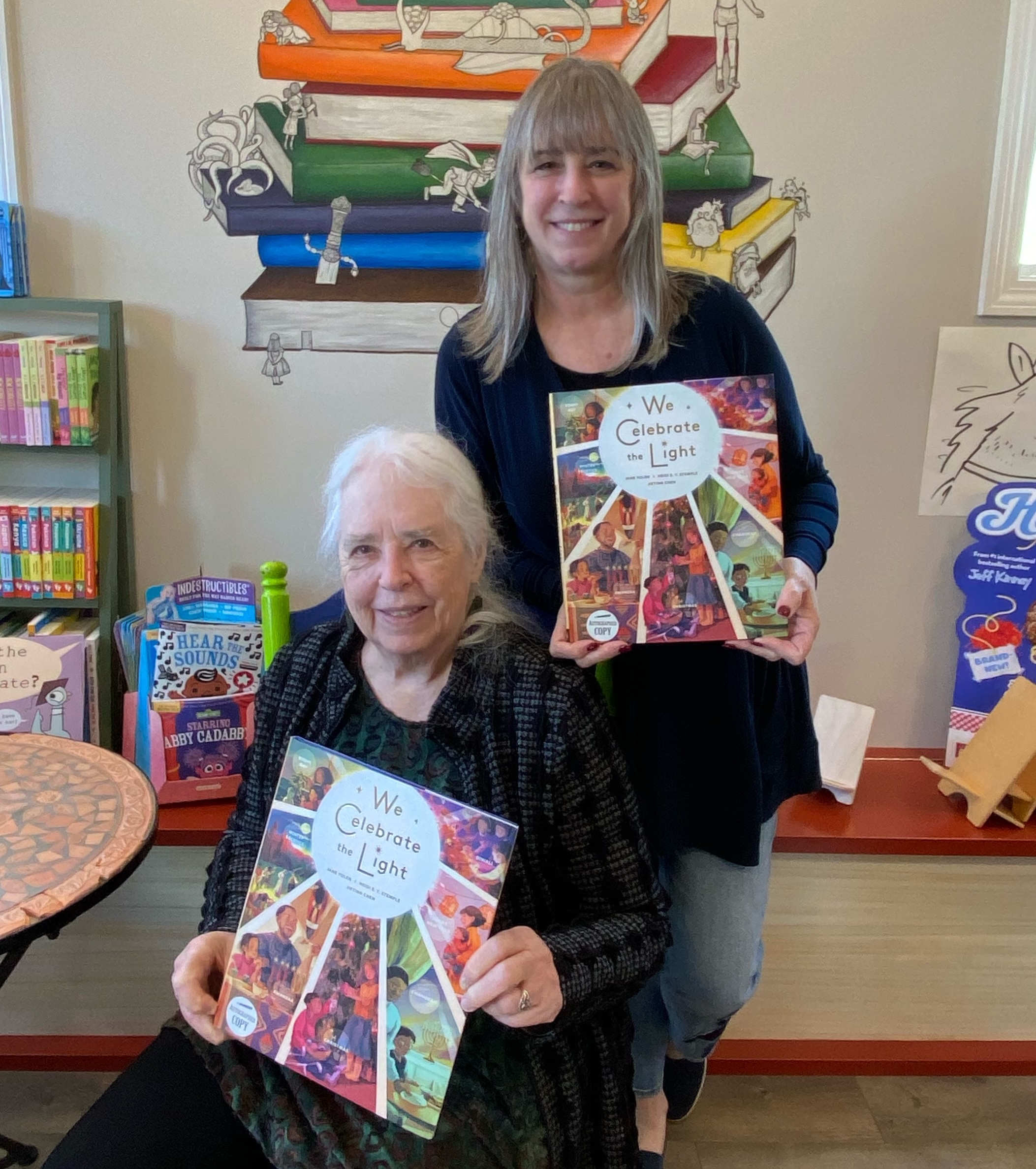

Since Heidi is one of our faculty members, you can also find the book in our
Hollins bookshop at Bookshop.org.
You can find more about Jieting at:
jietingchen.combr>
On Instagram at
@jietingchen_art.
Jane is at: janeyolen.com
or on facebook as
Jane Yolen and IG as
@jyolen
Heidi is at:
HeidiEYStemple.com
on socials as Heidi Stemple, Heidi EY Stemple, and as Owl Count
and everywhere else as
@heidieys
